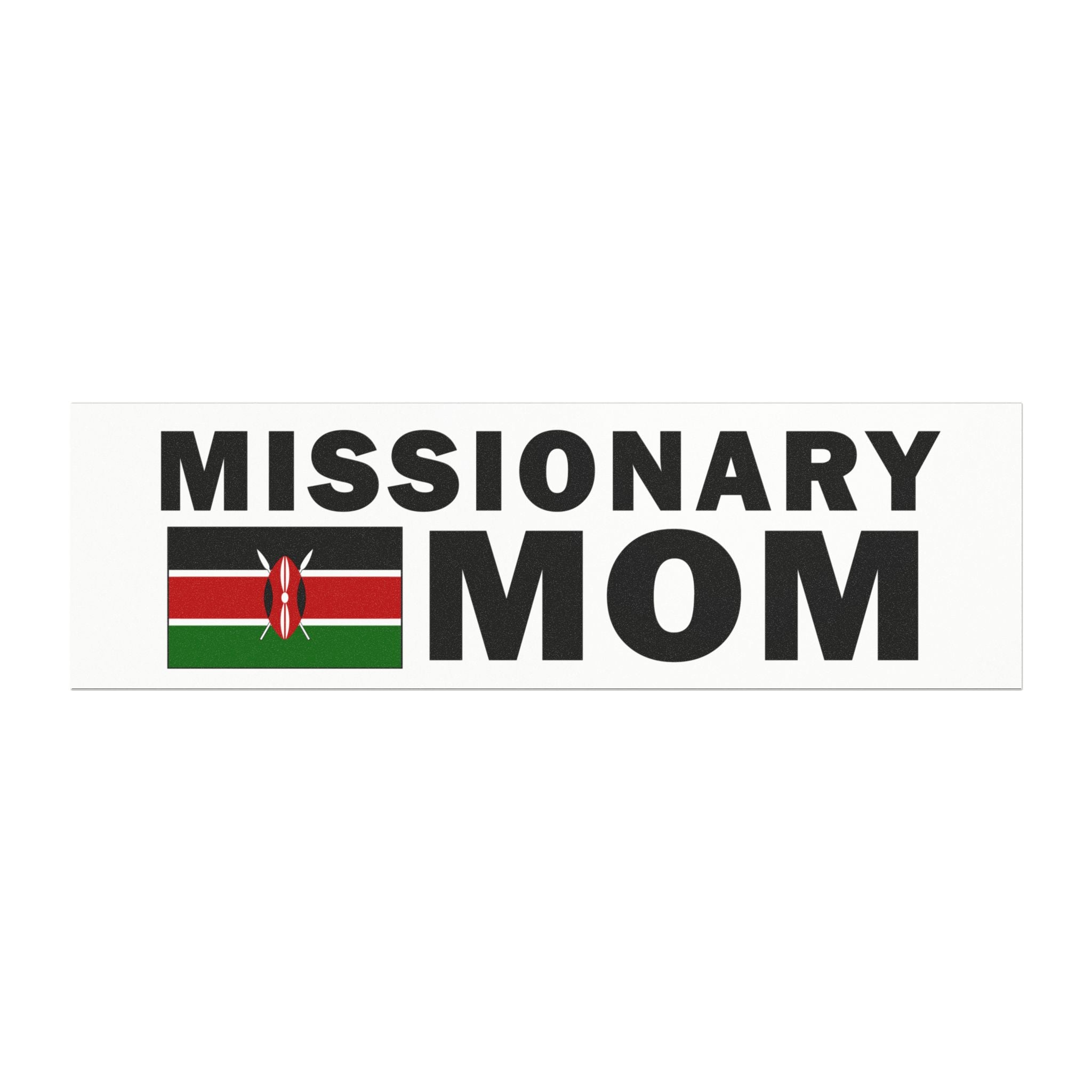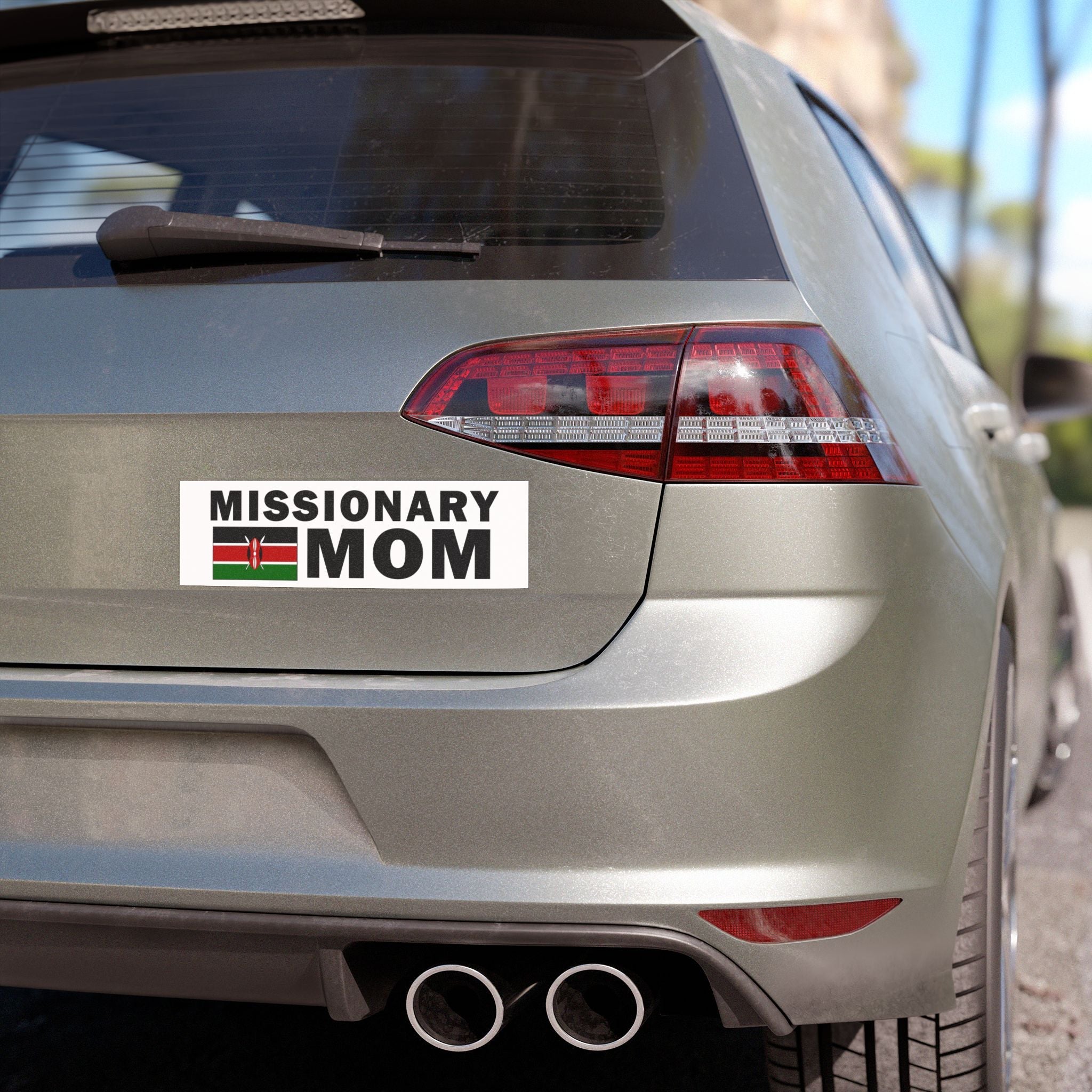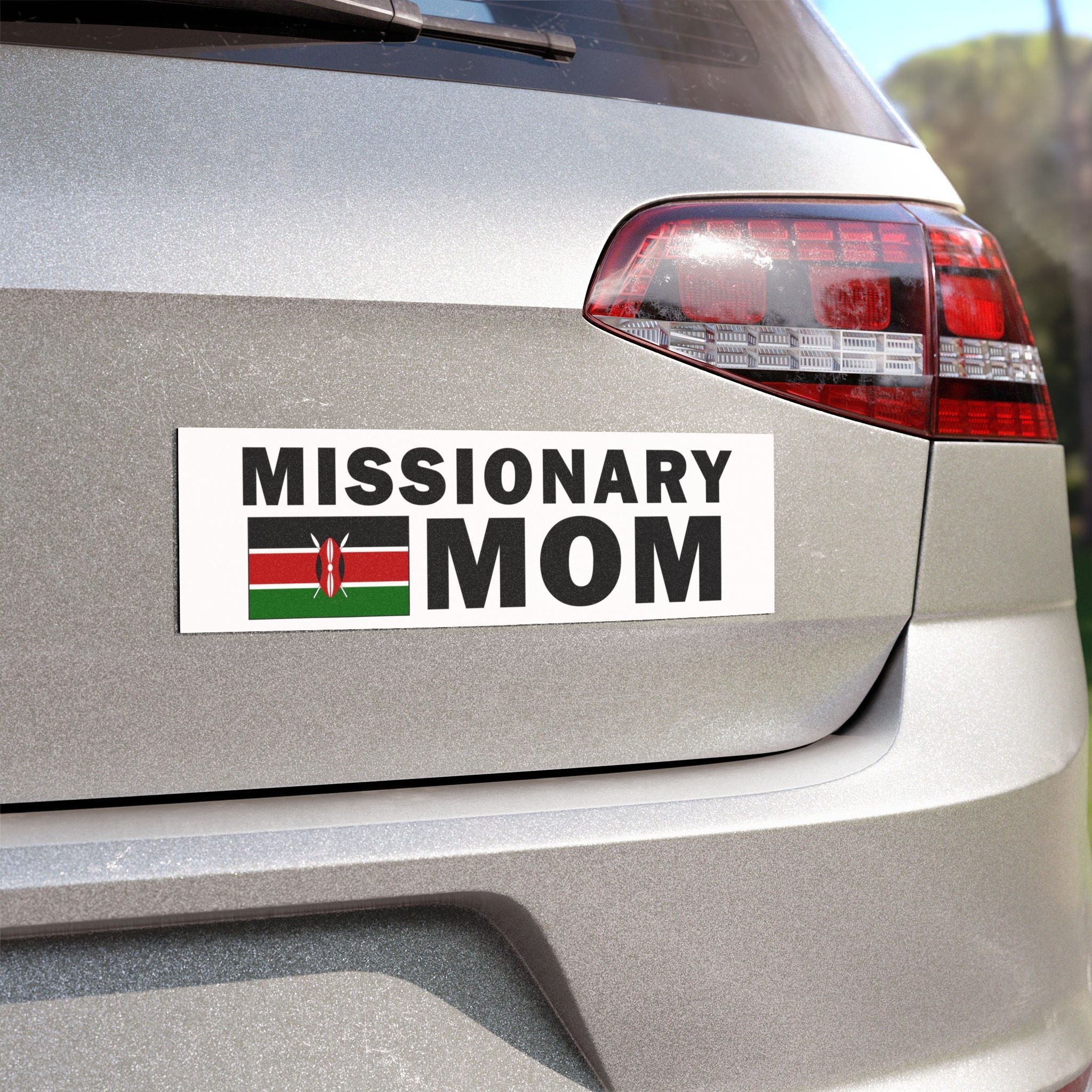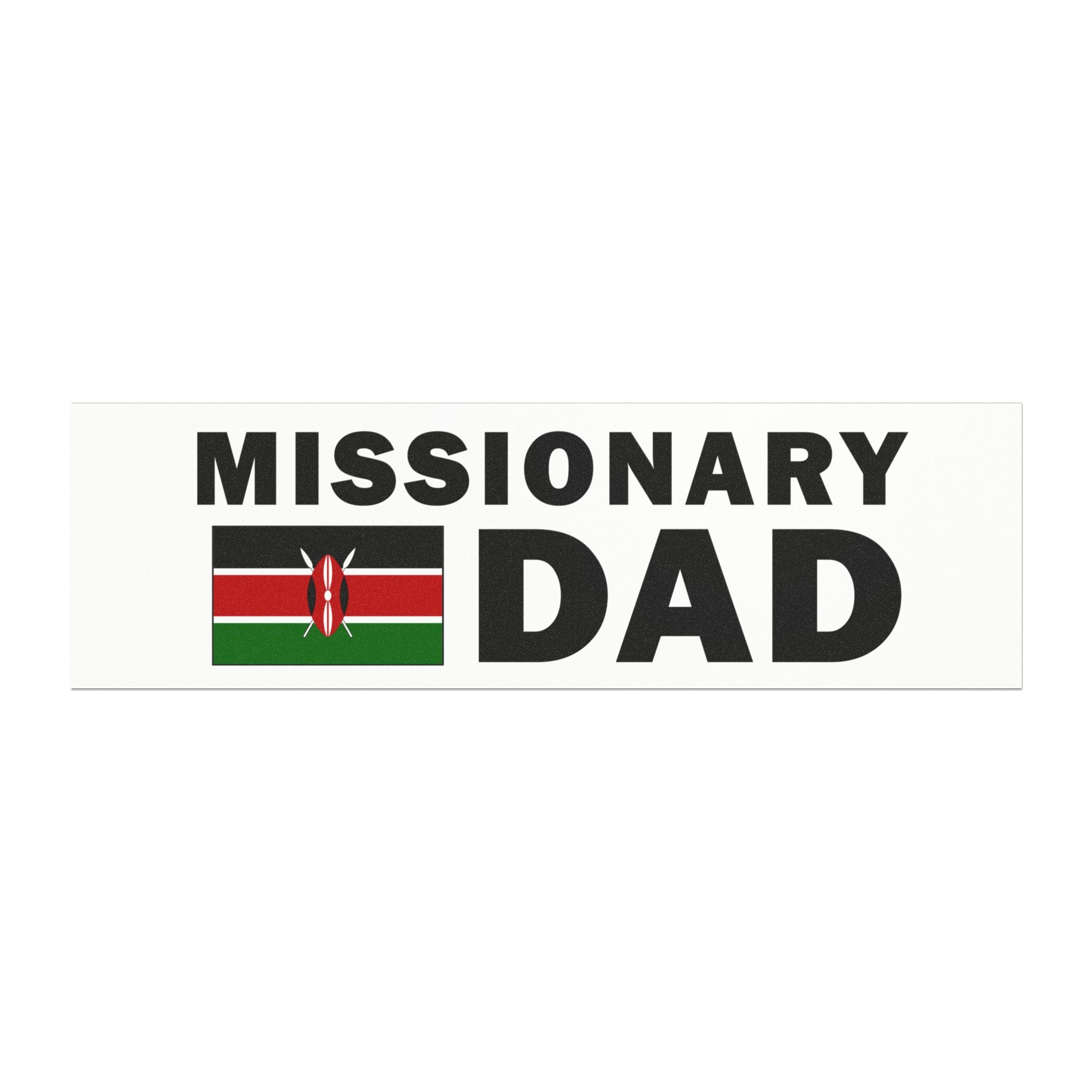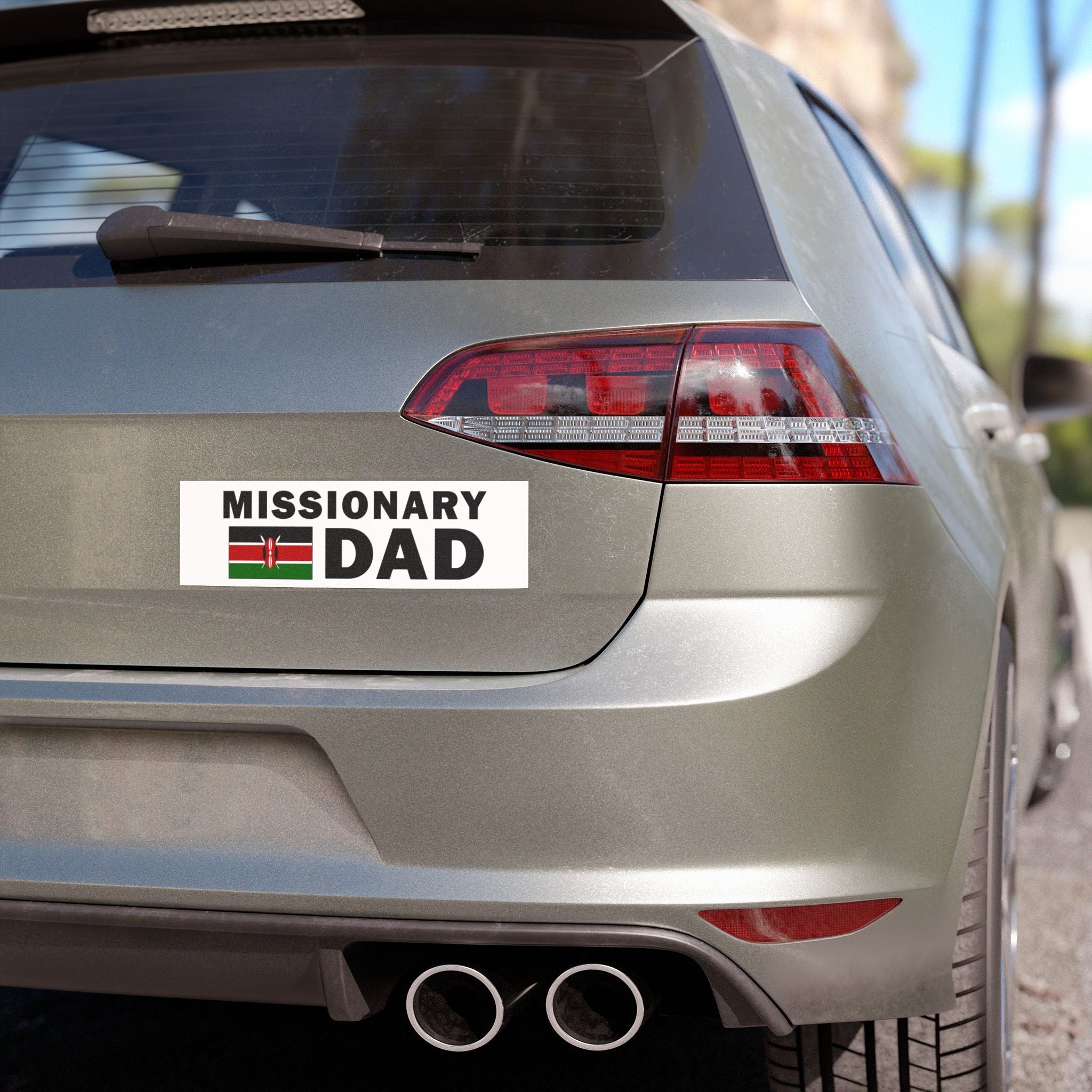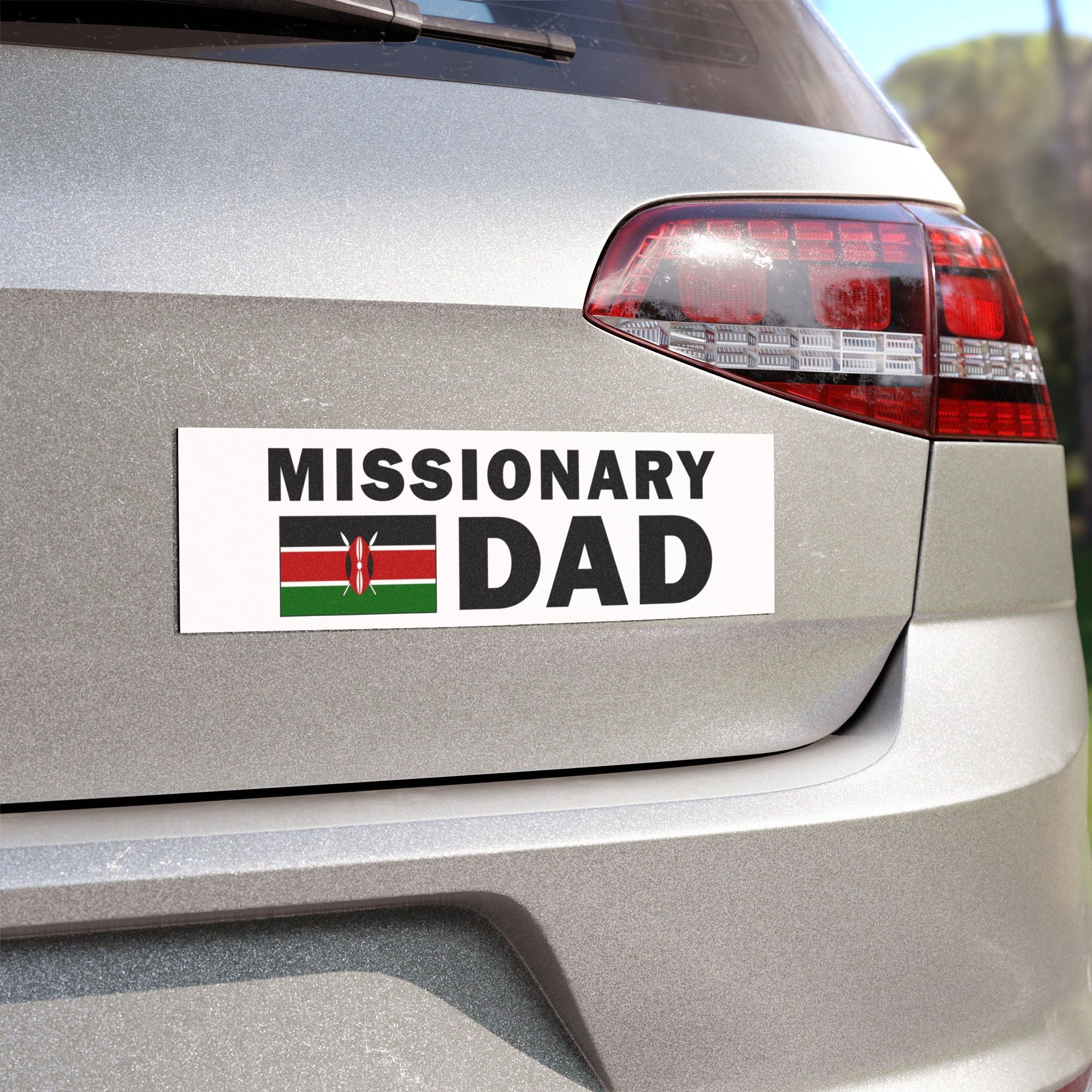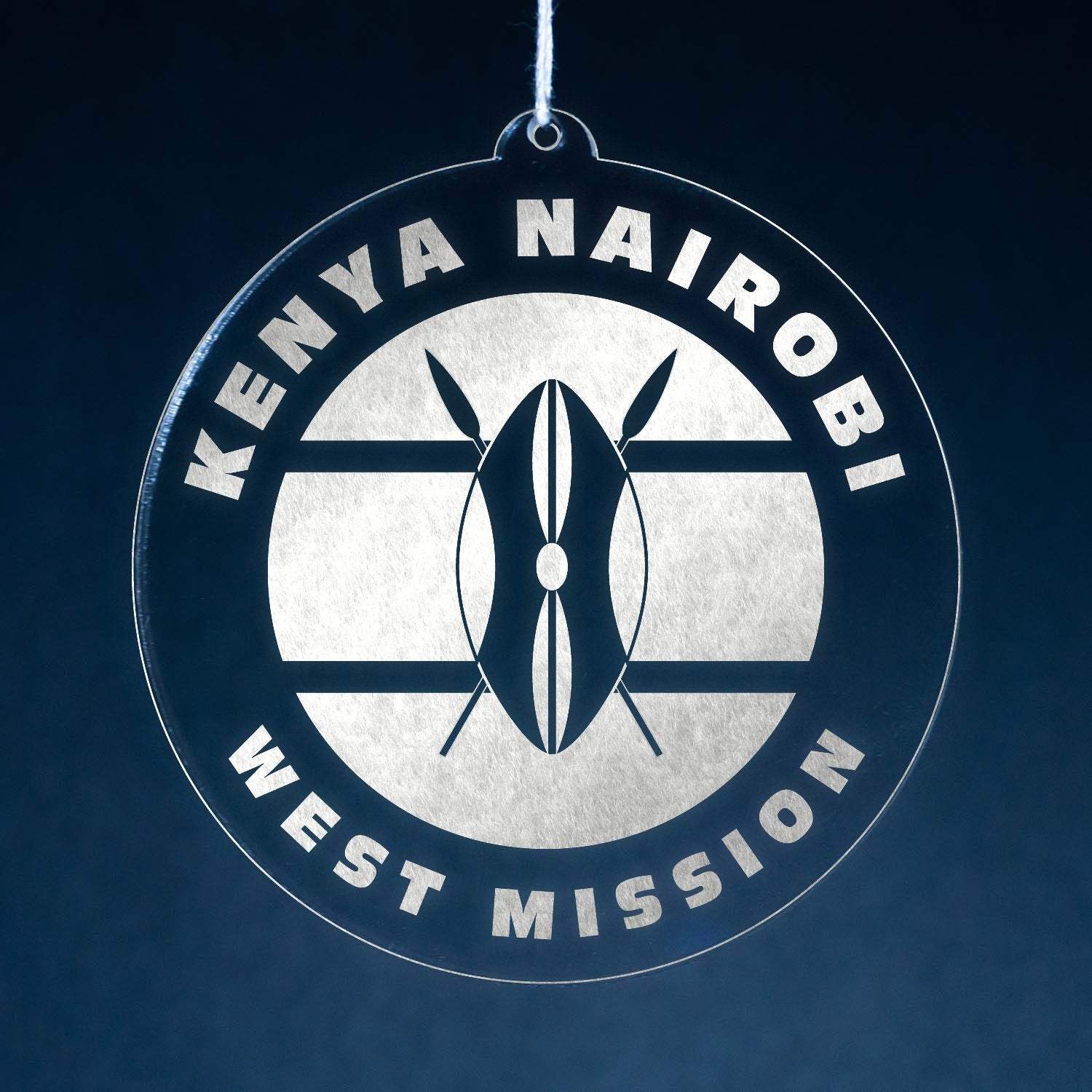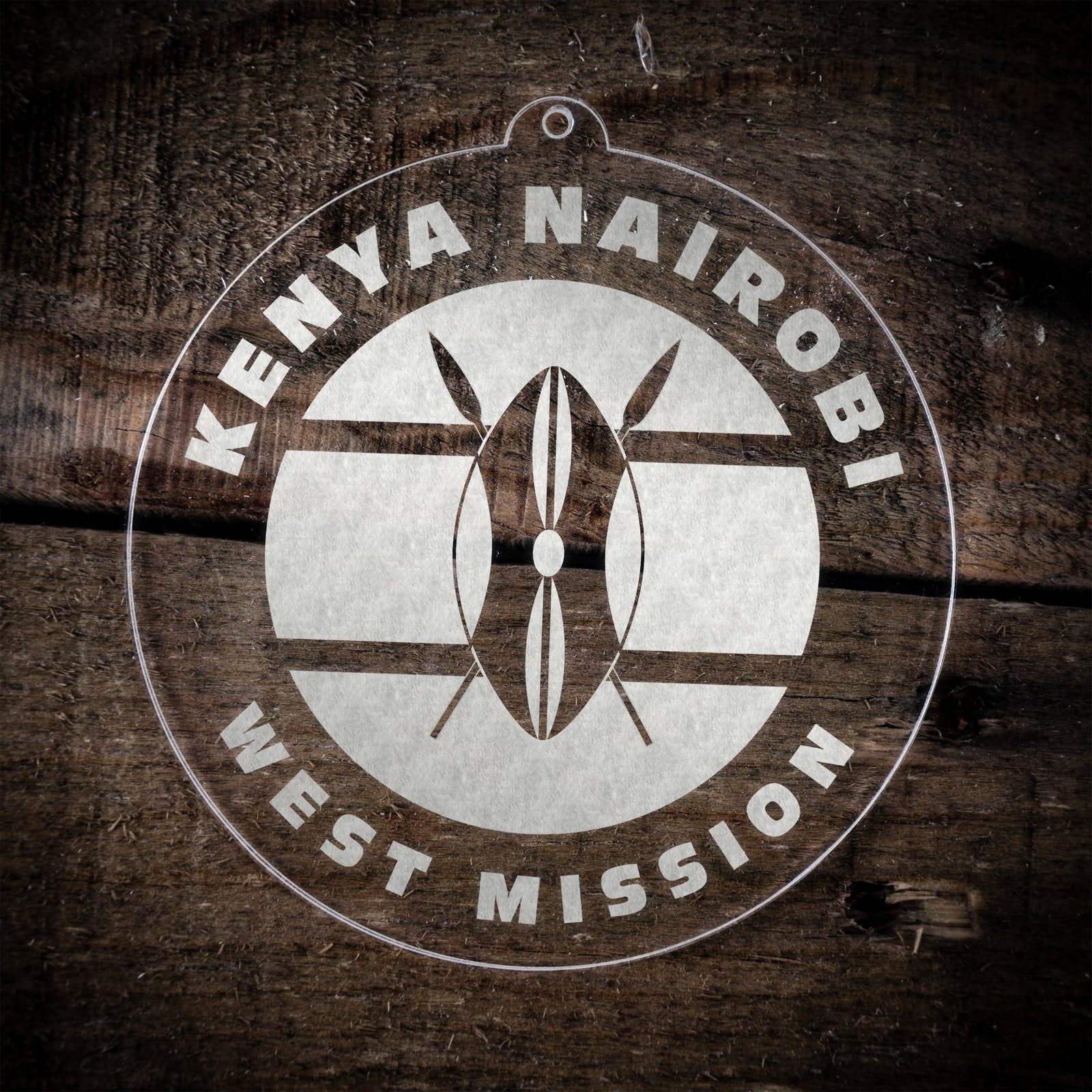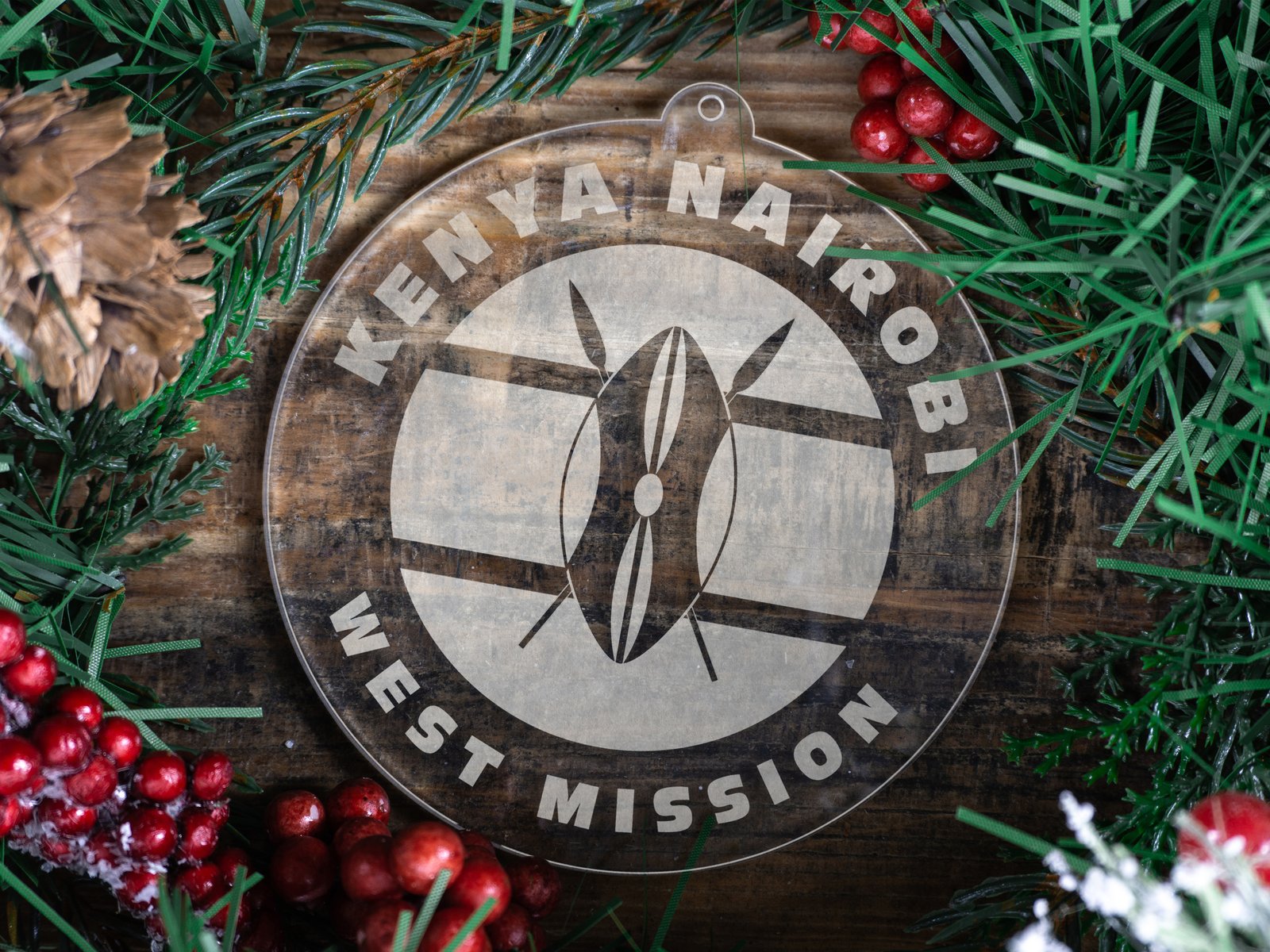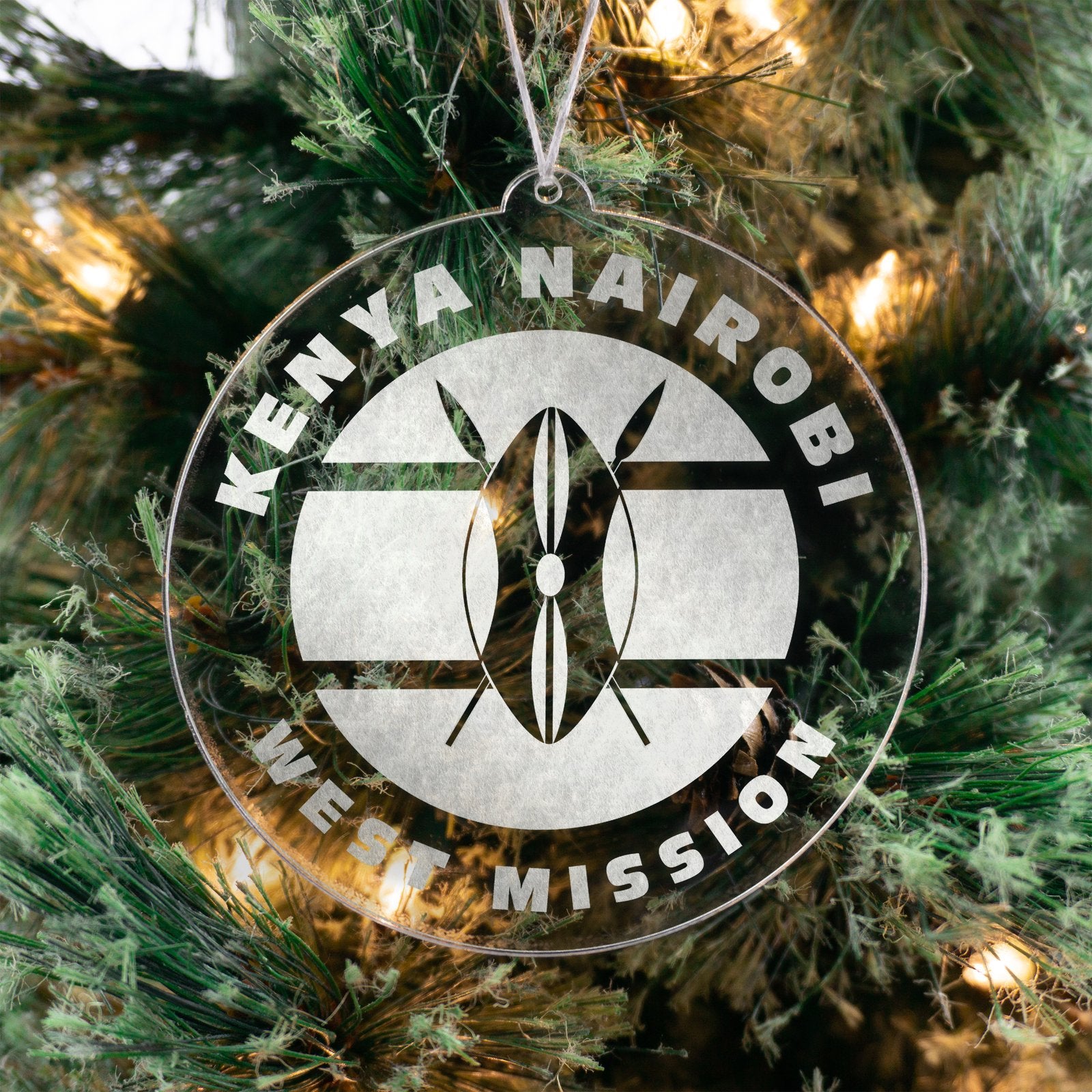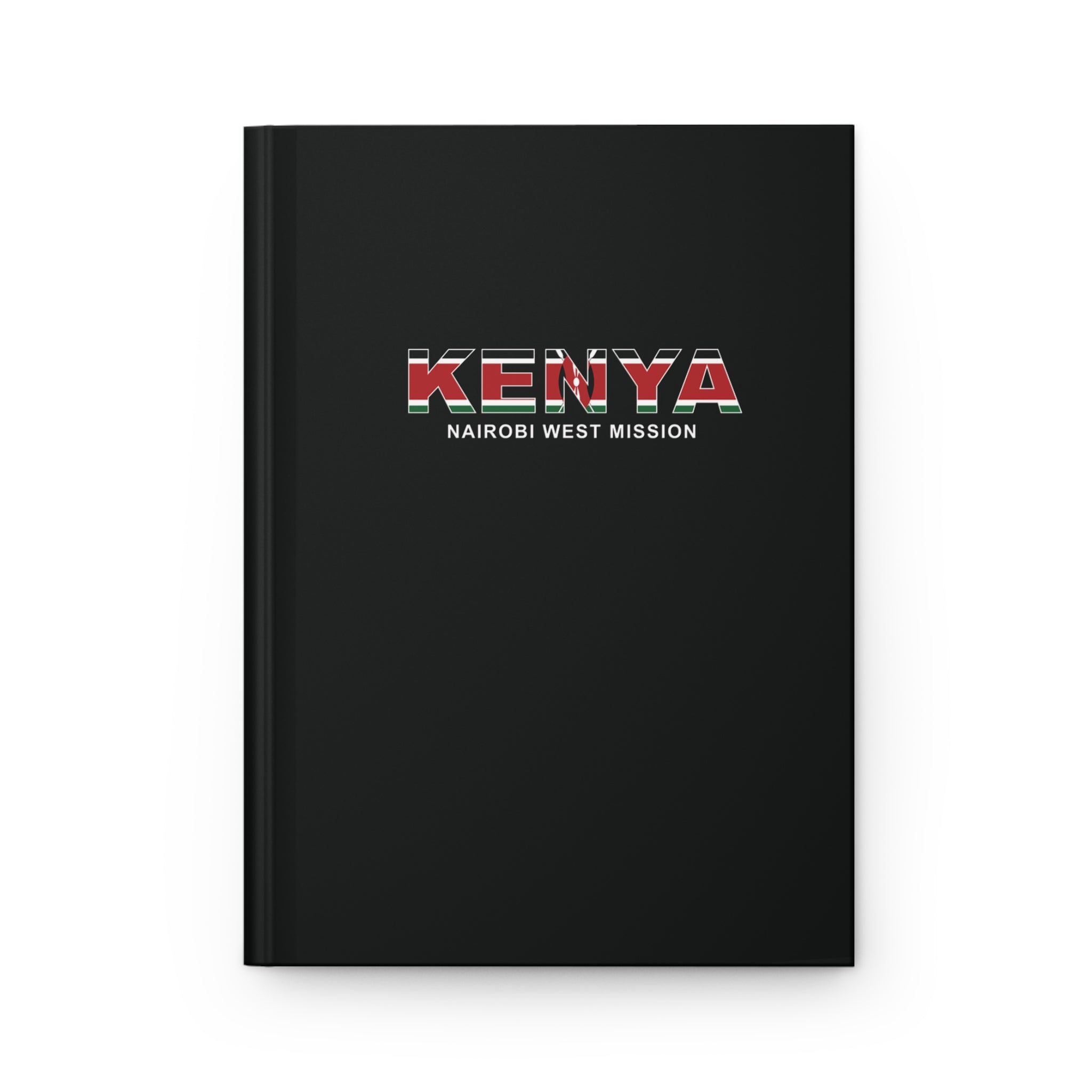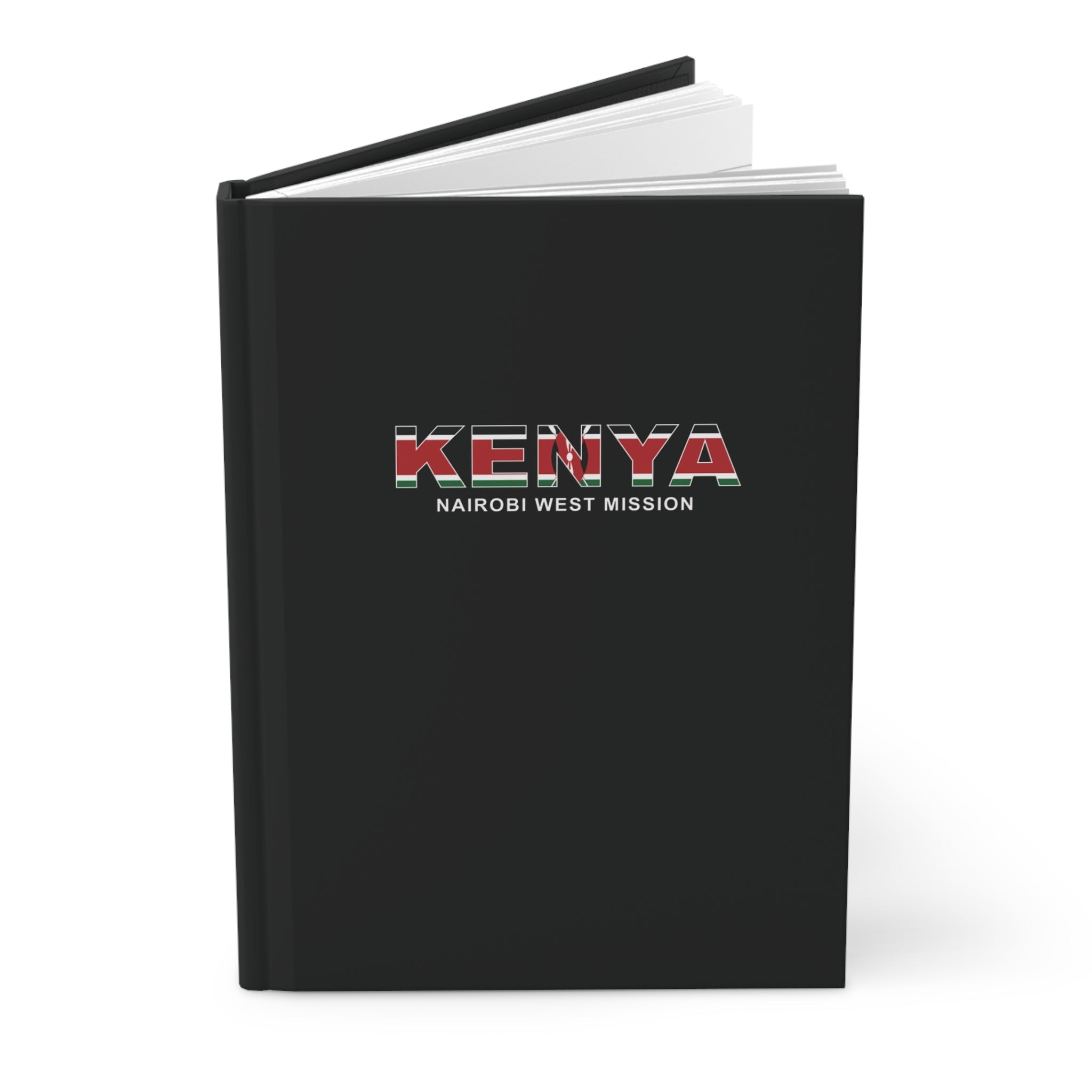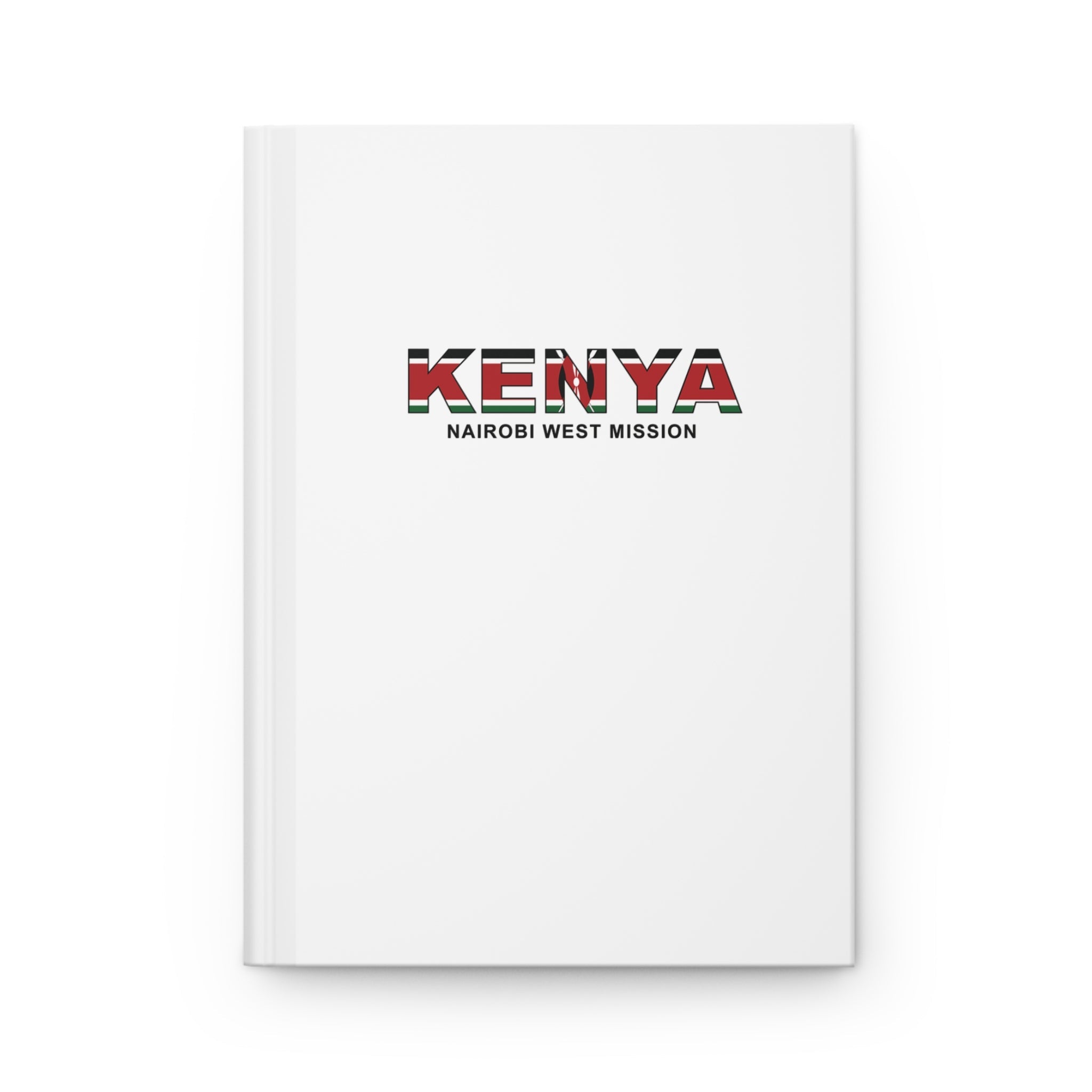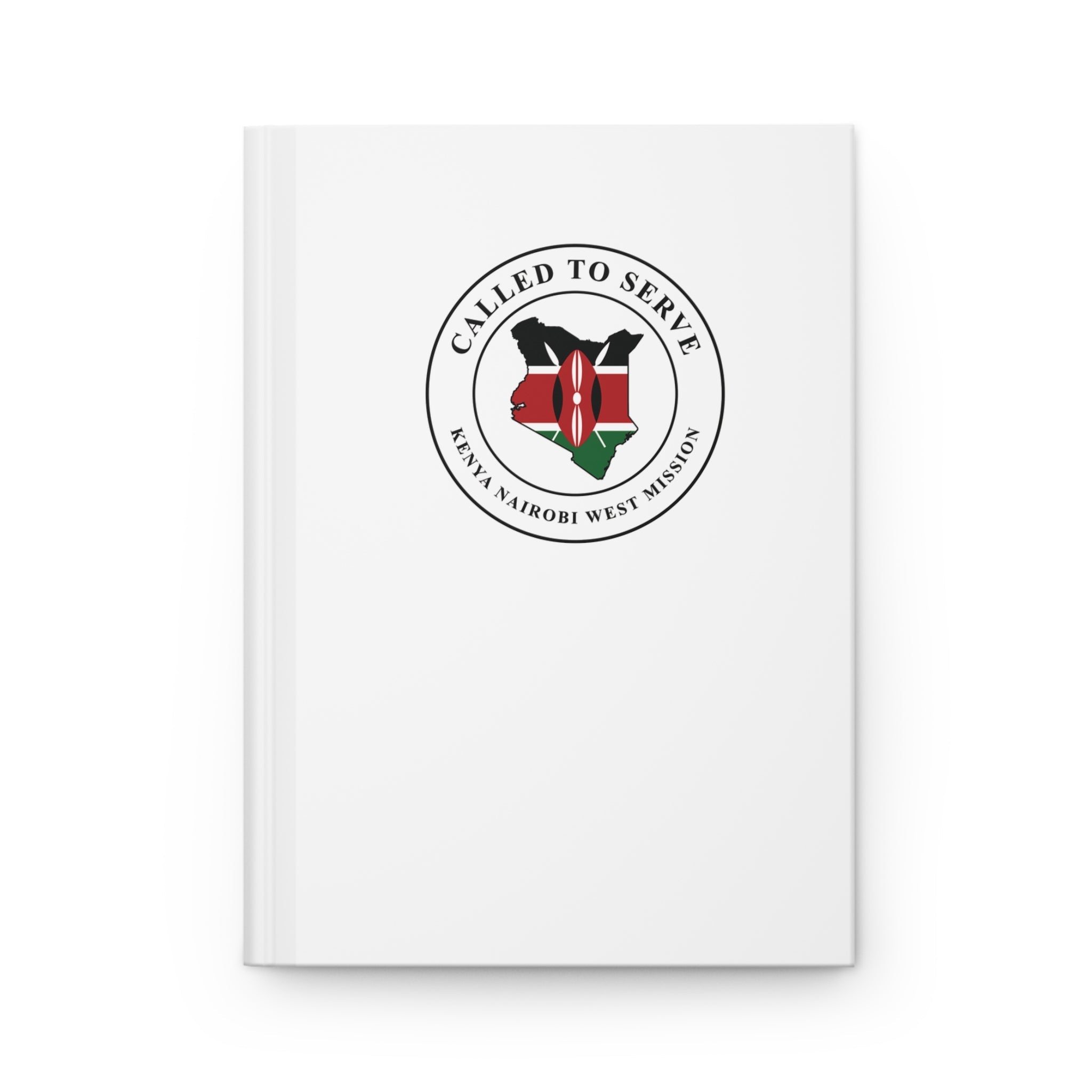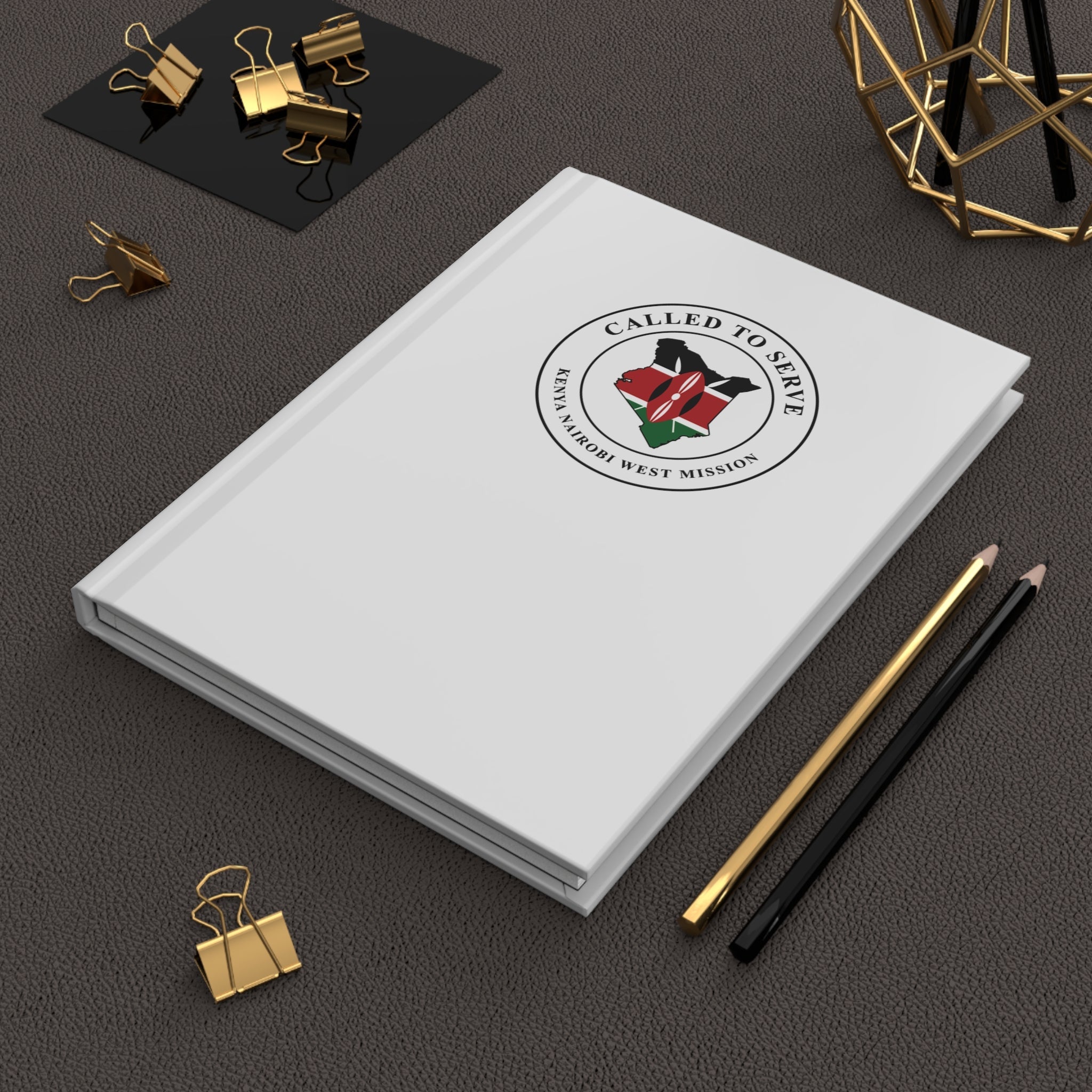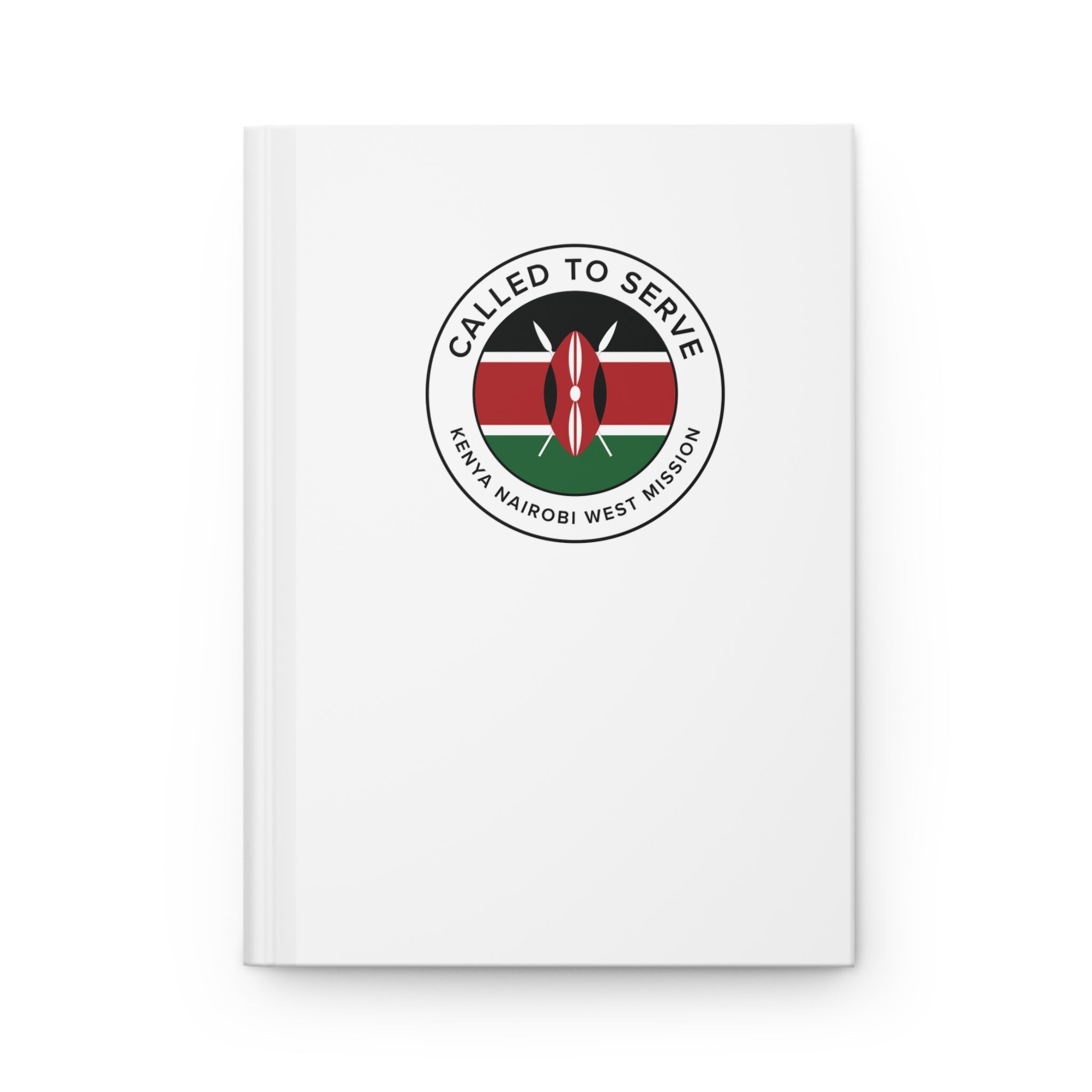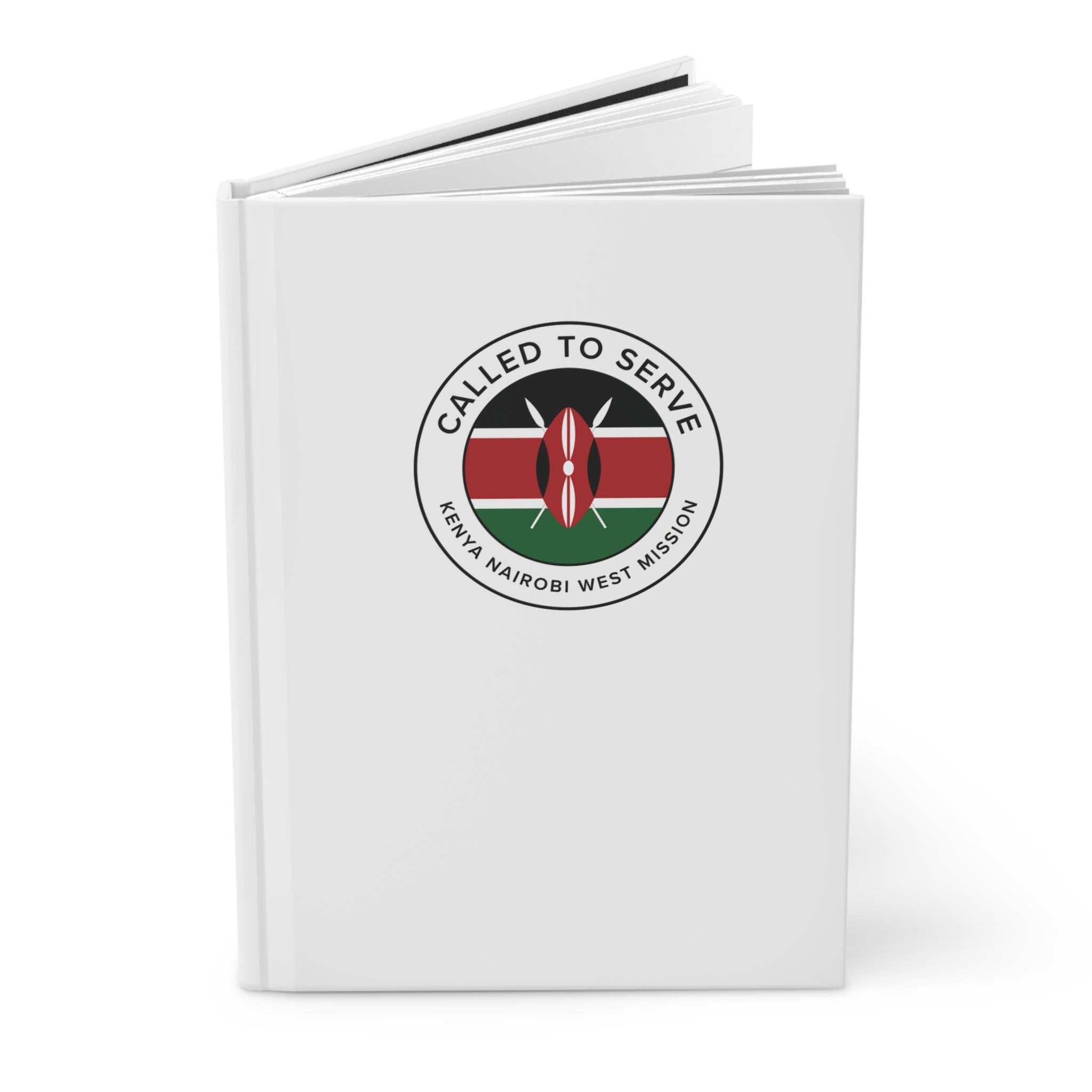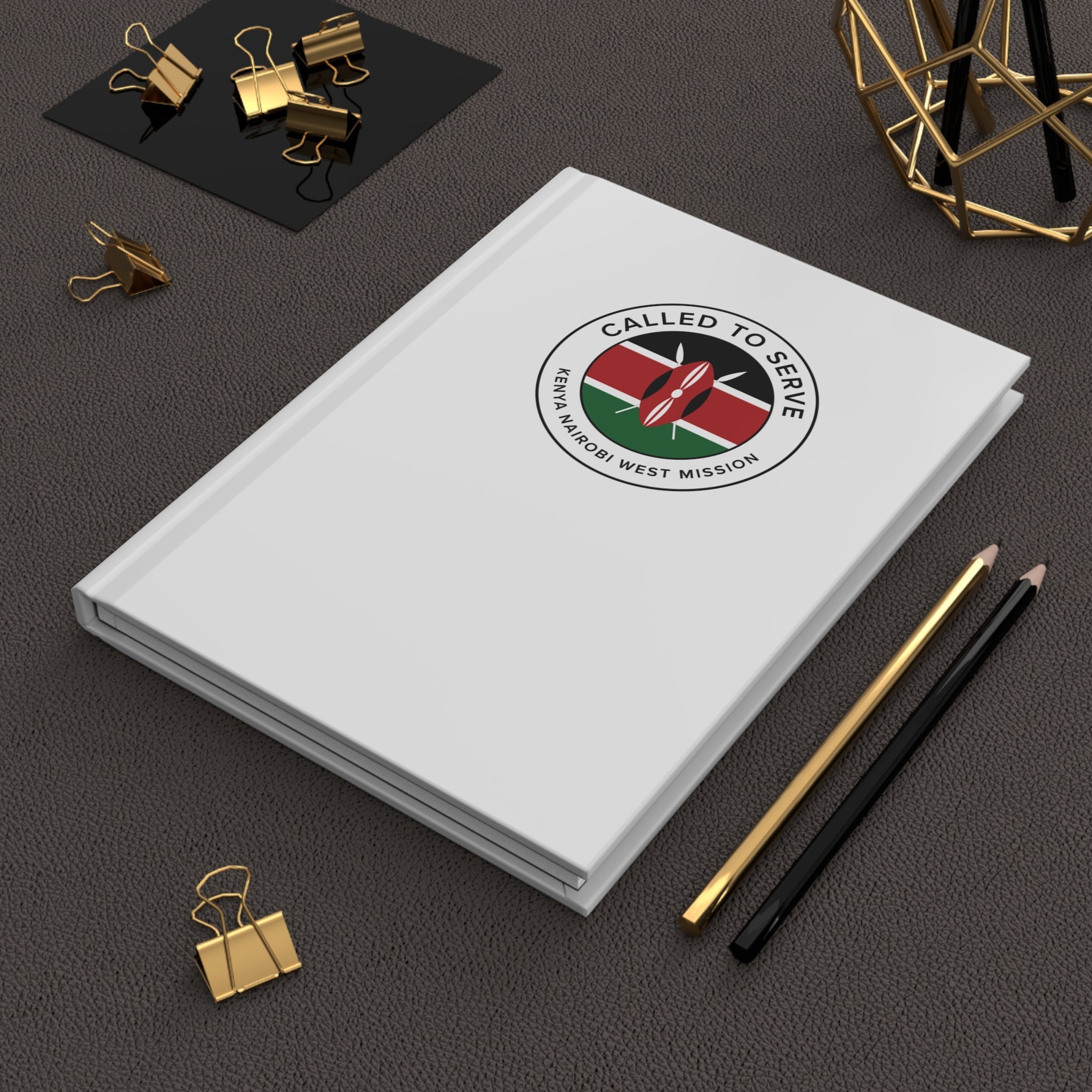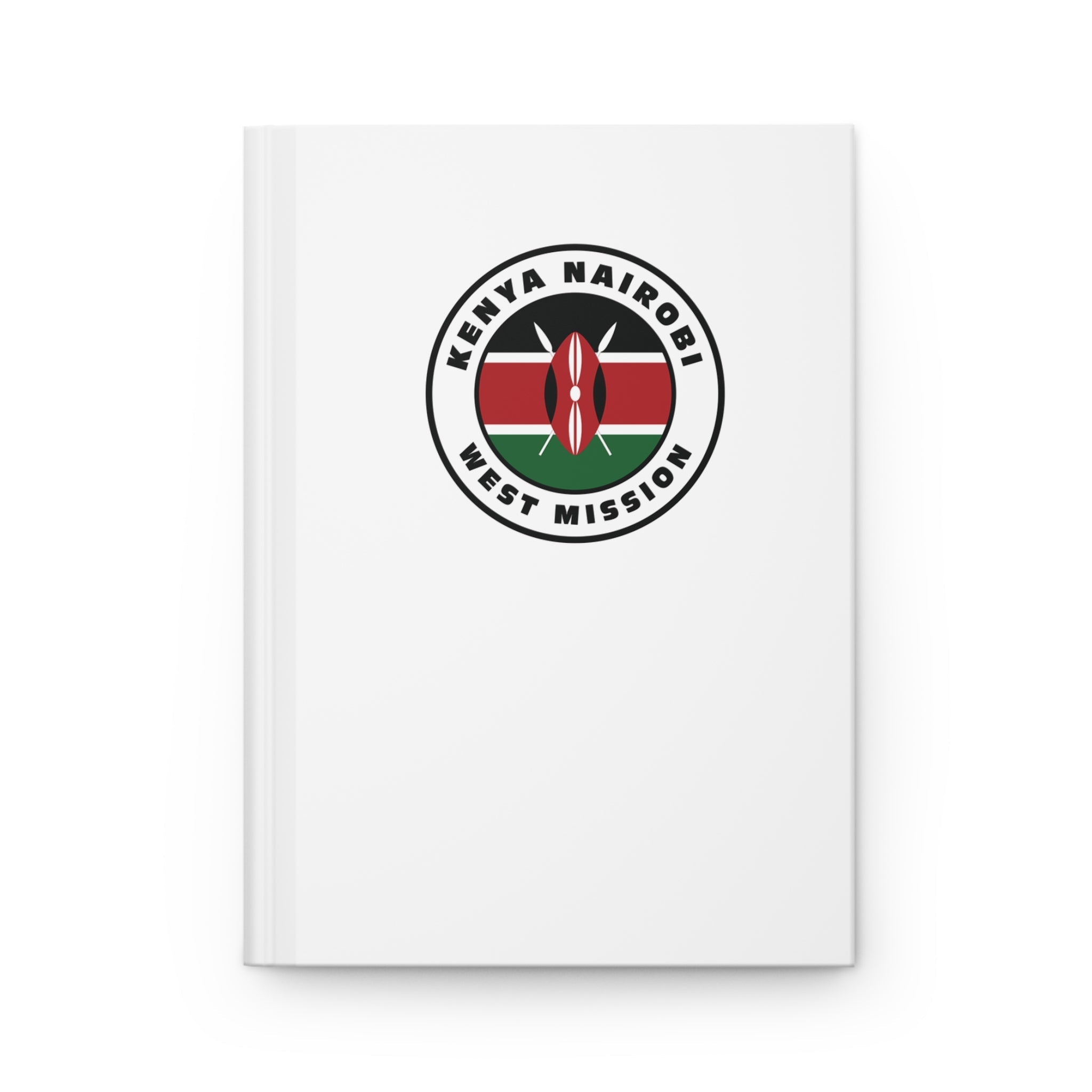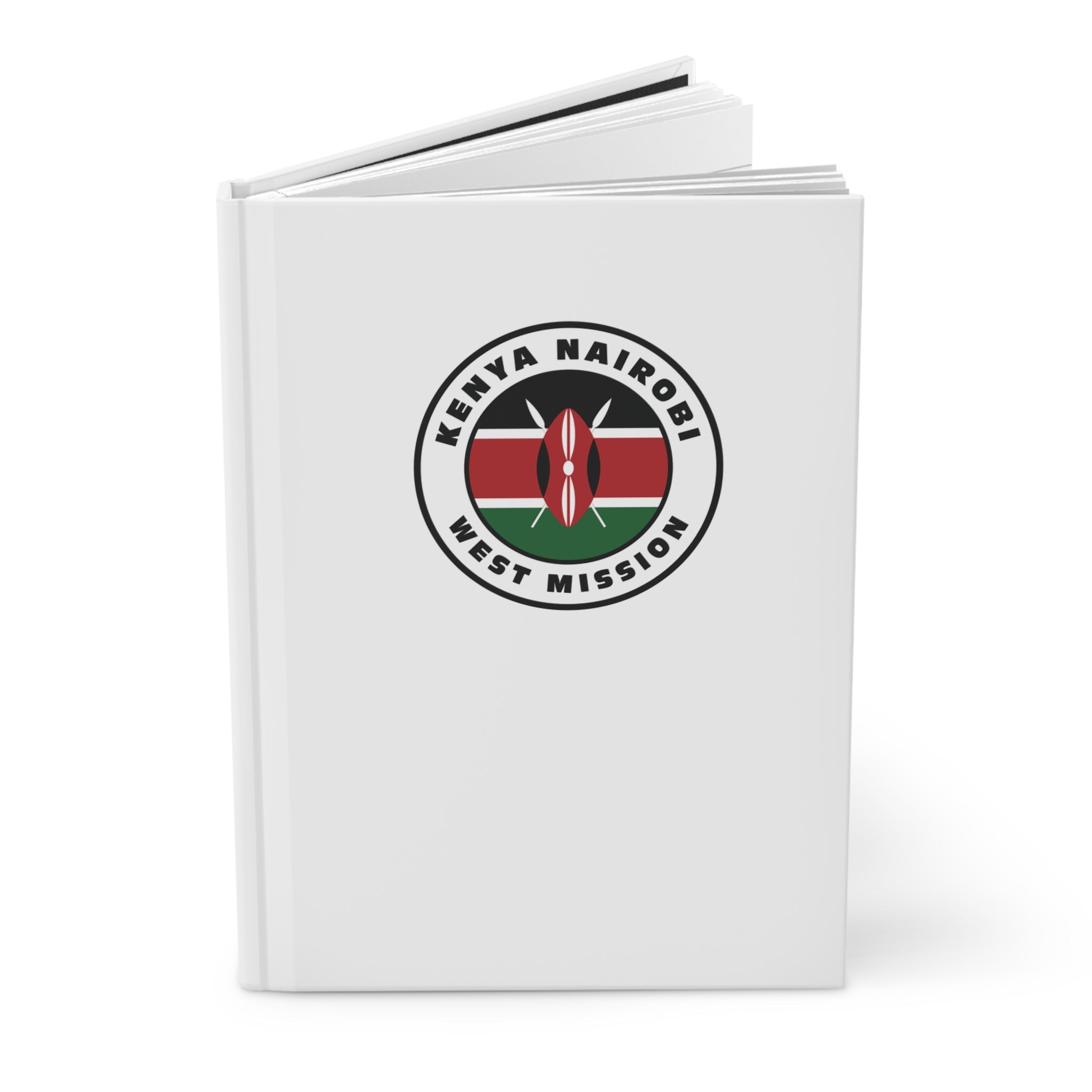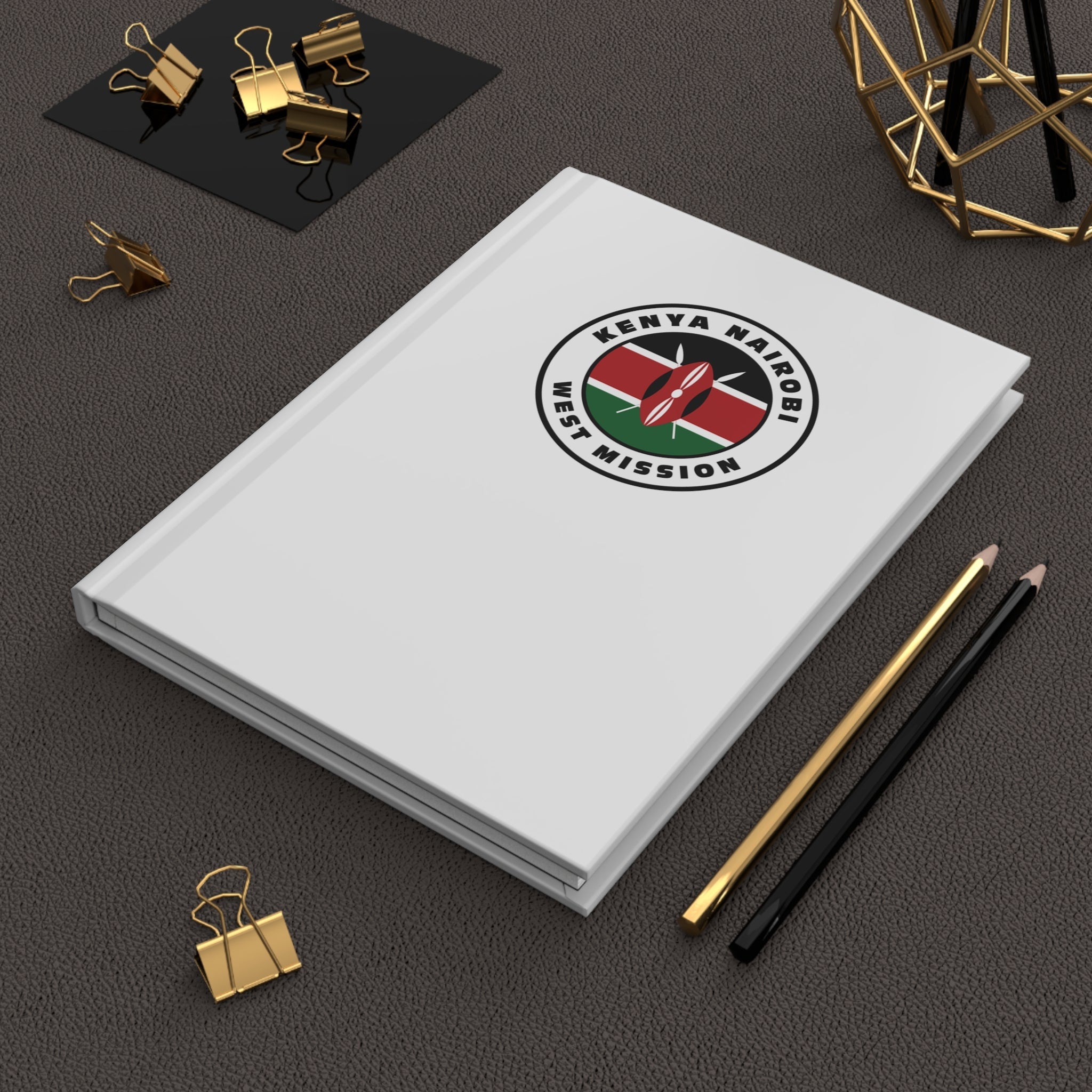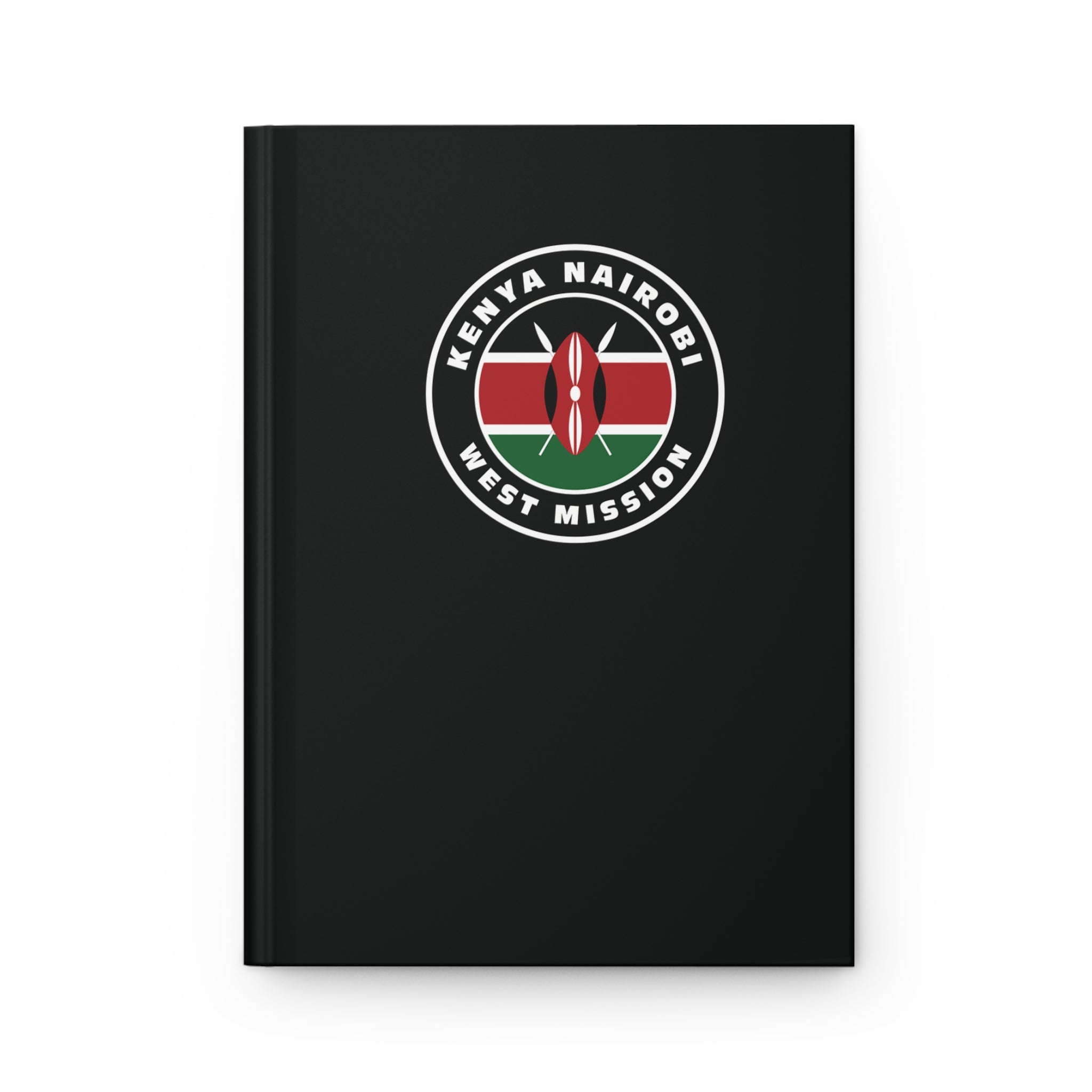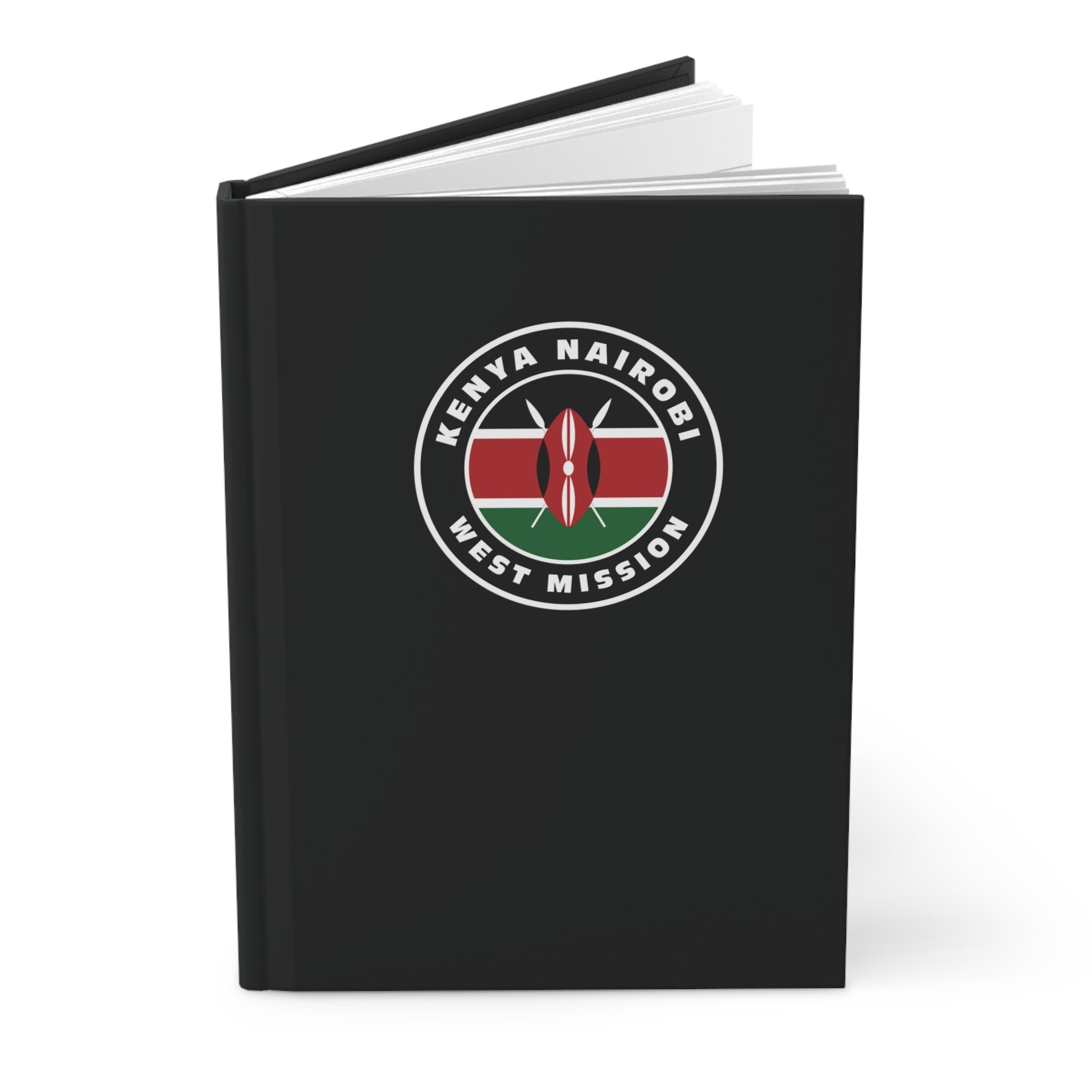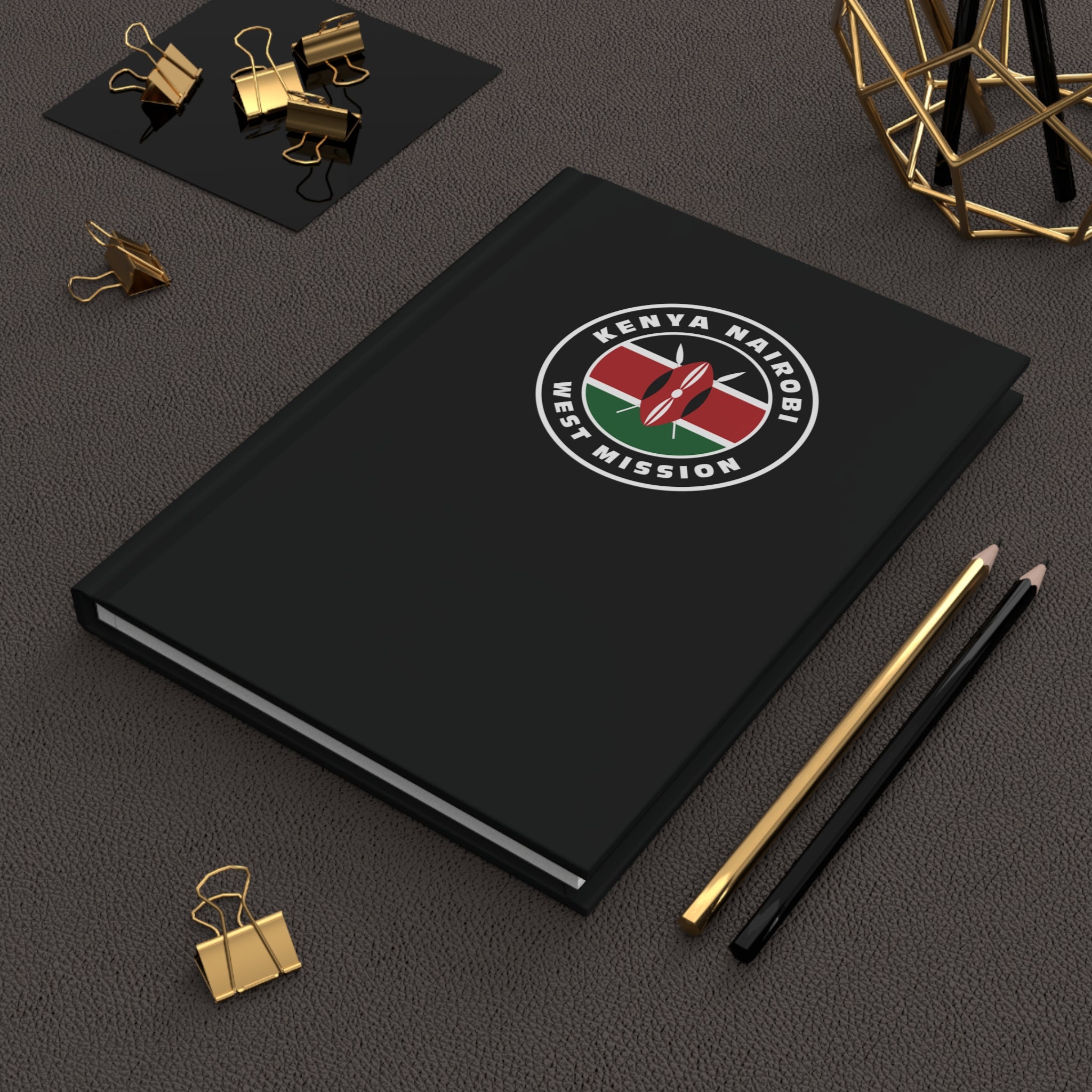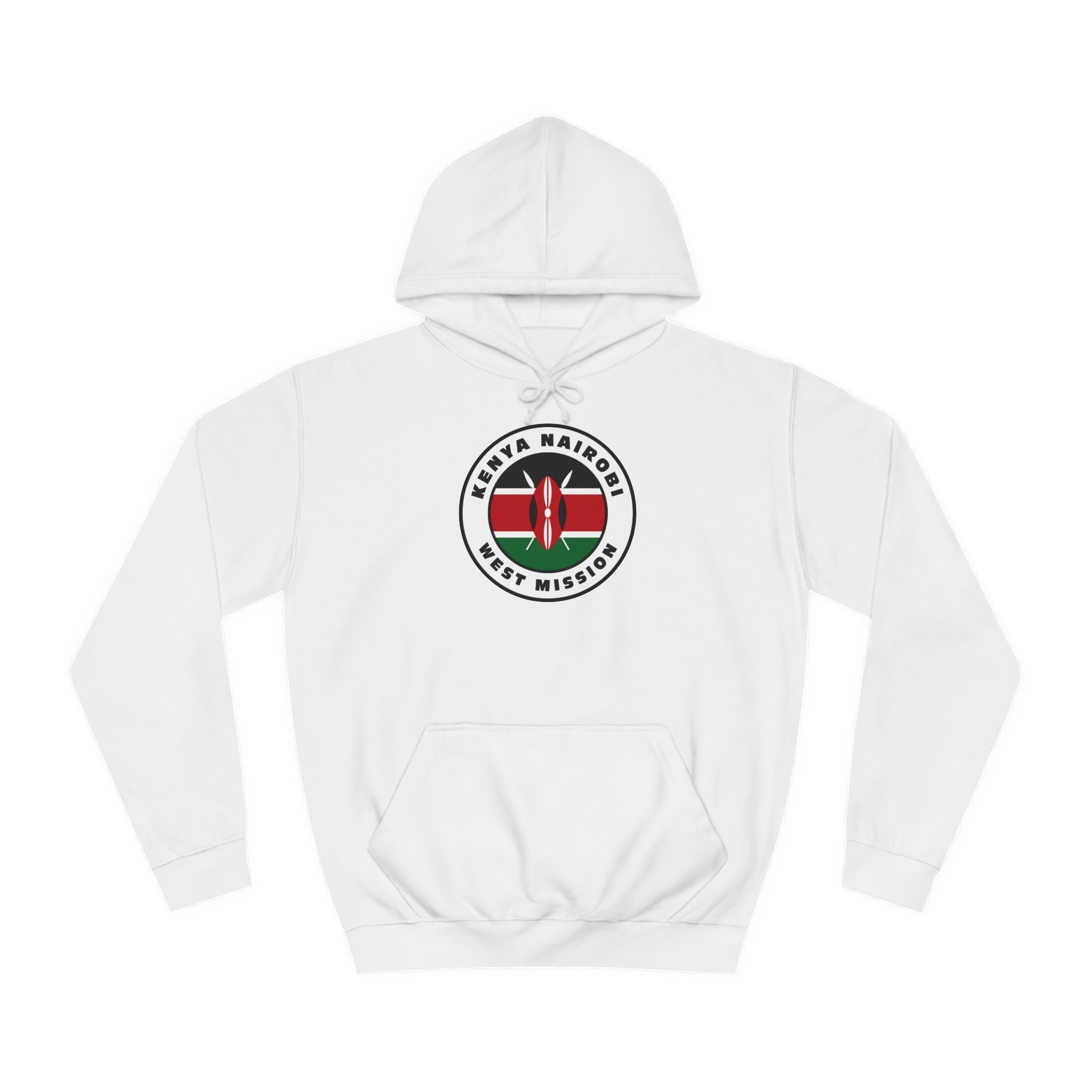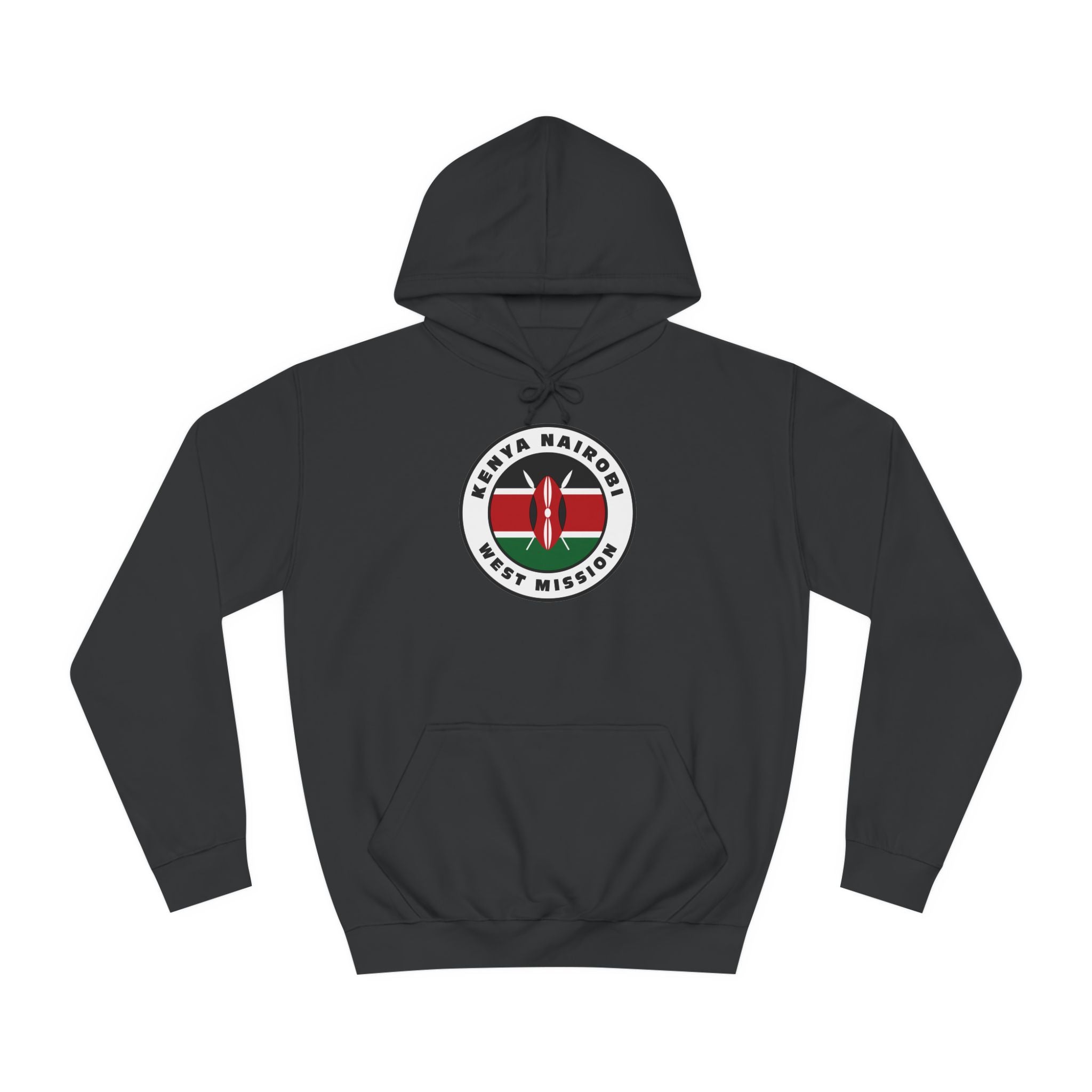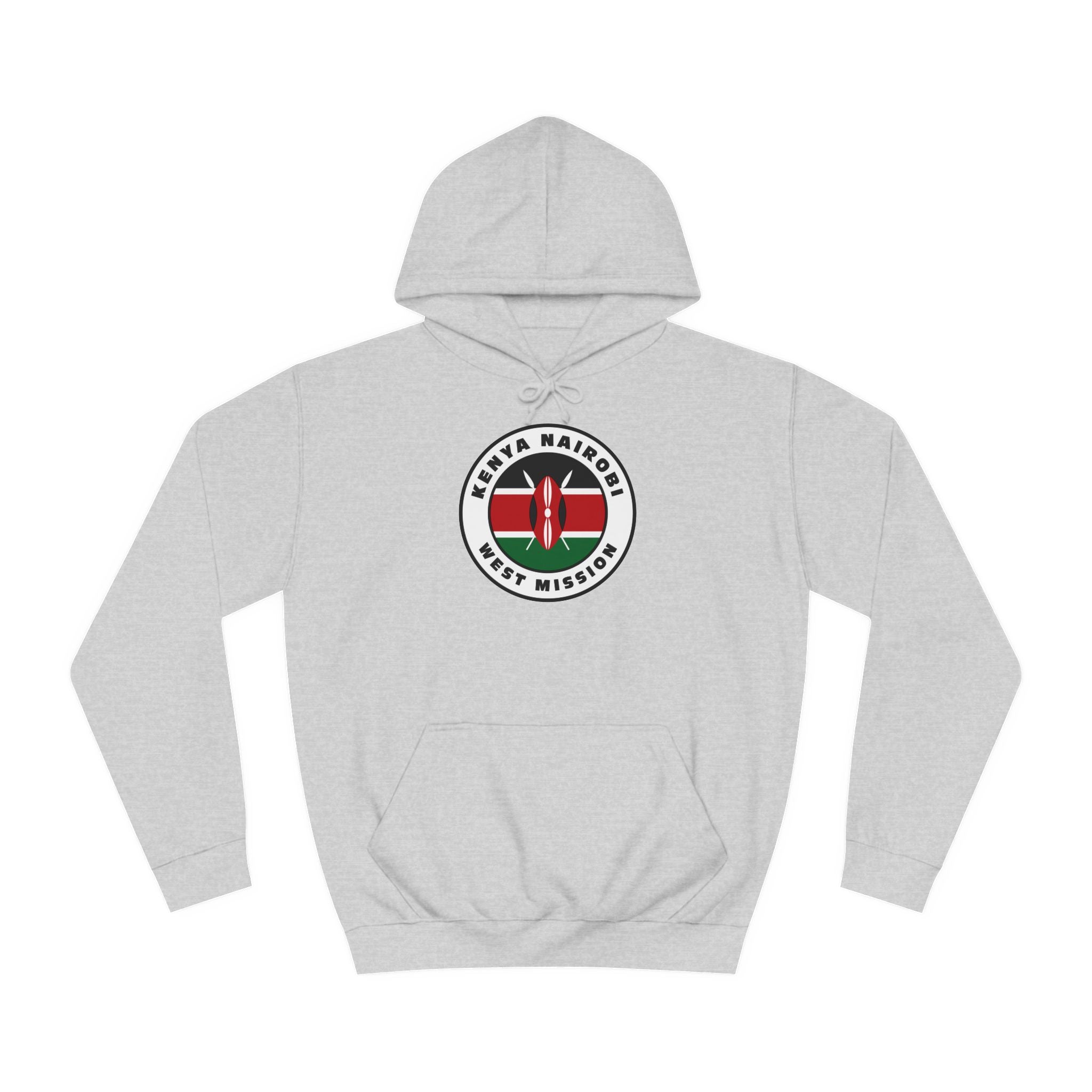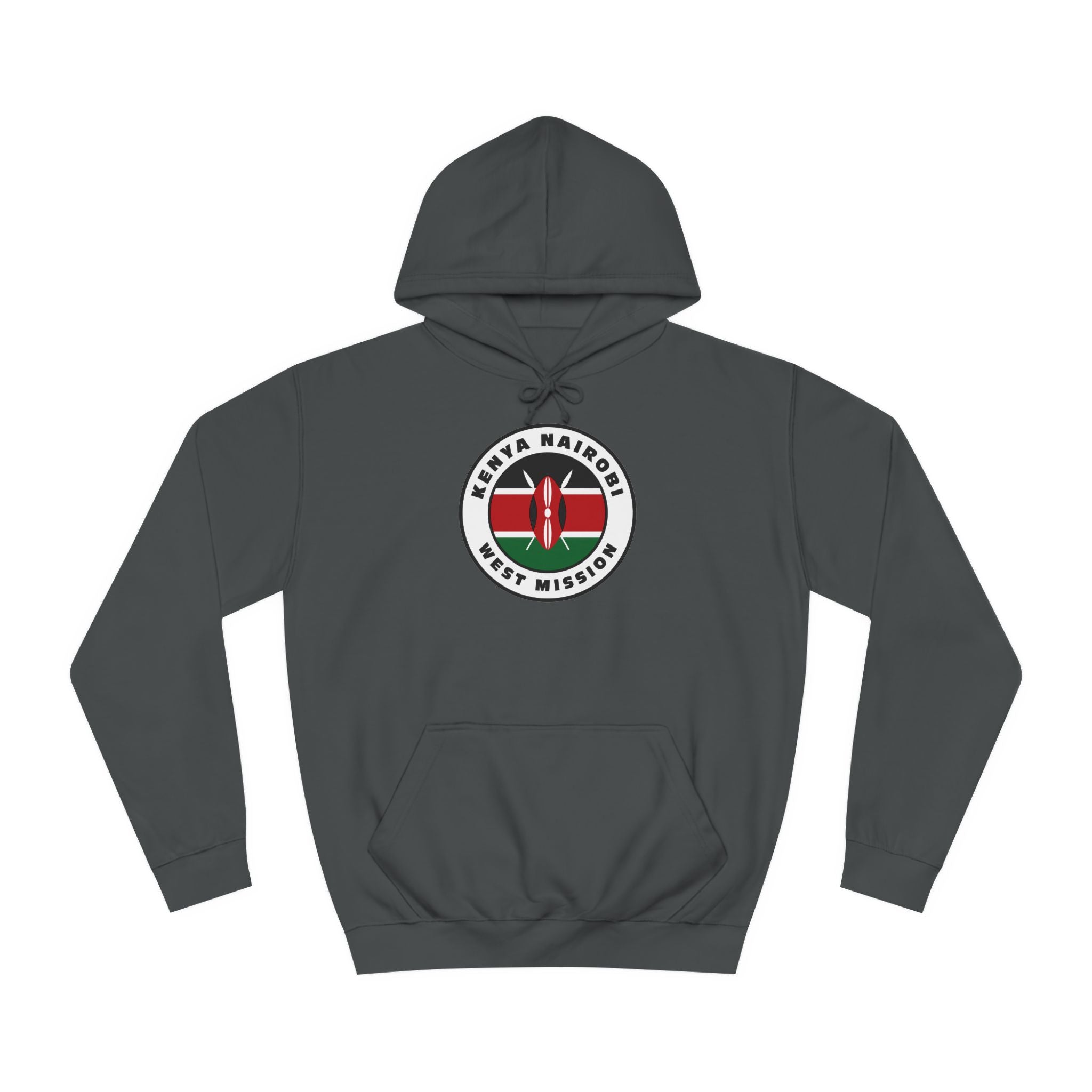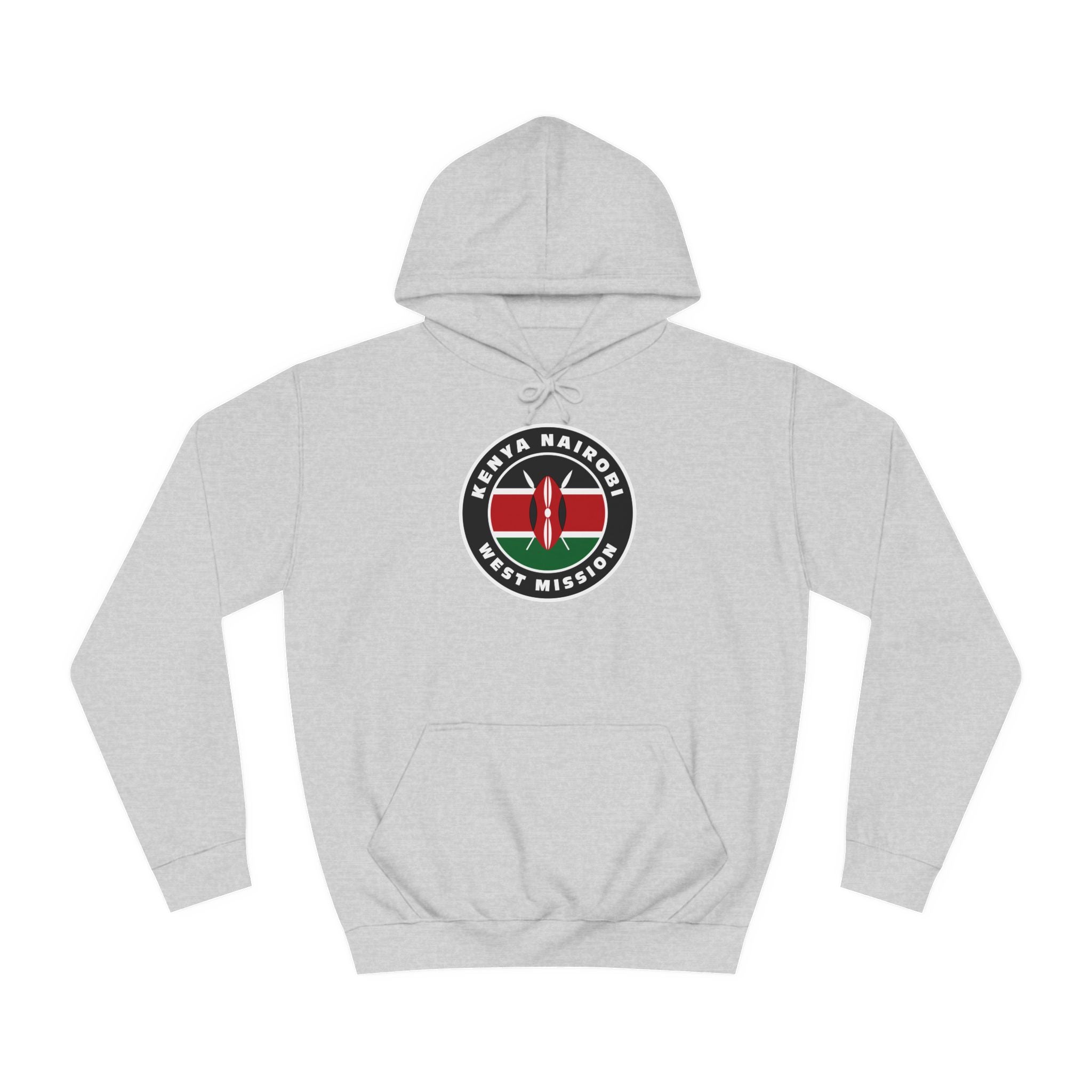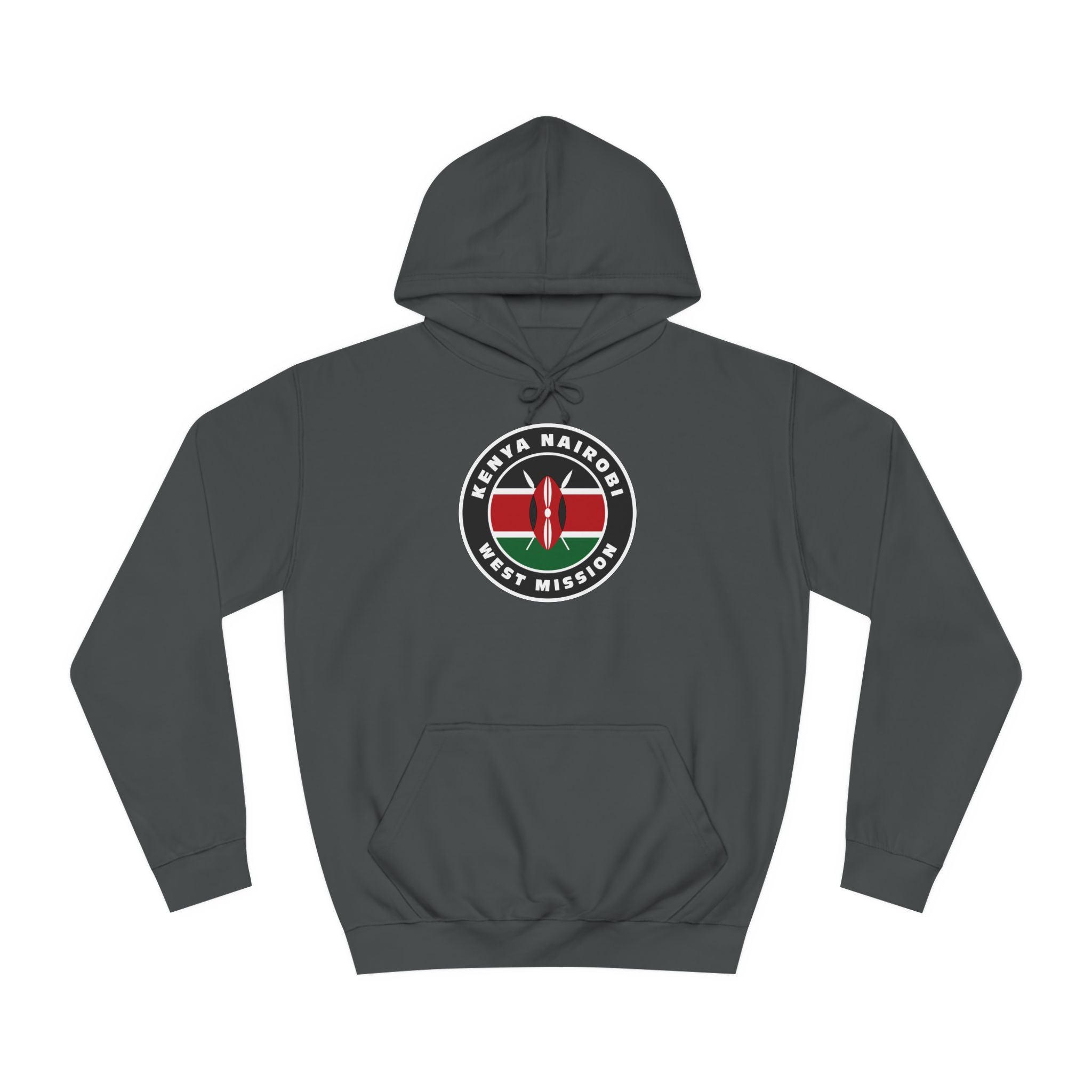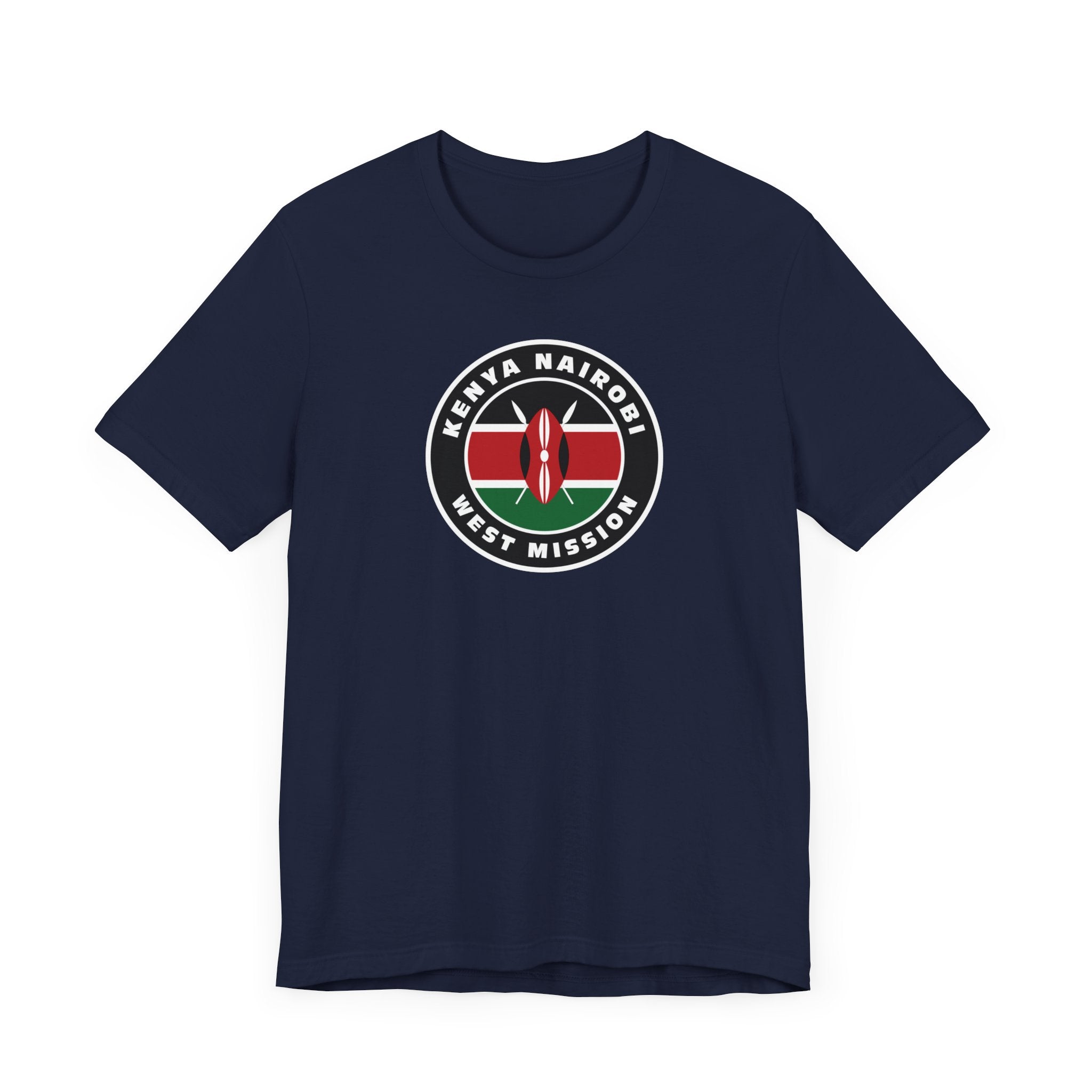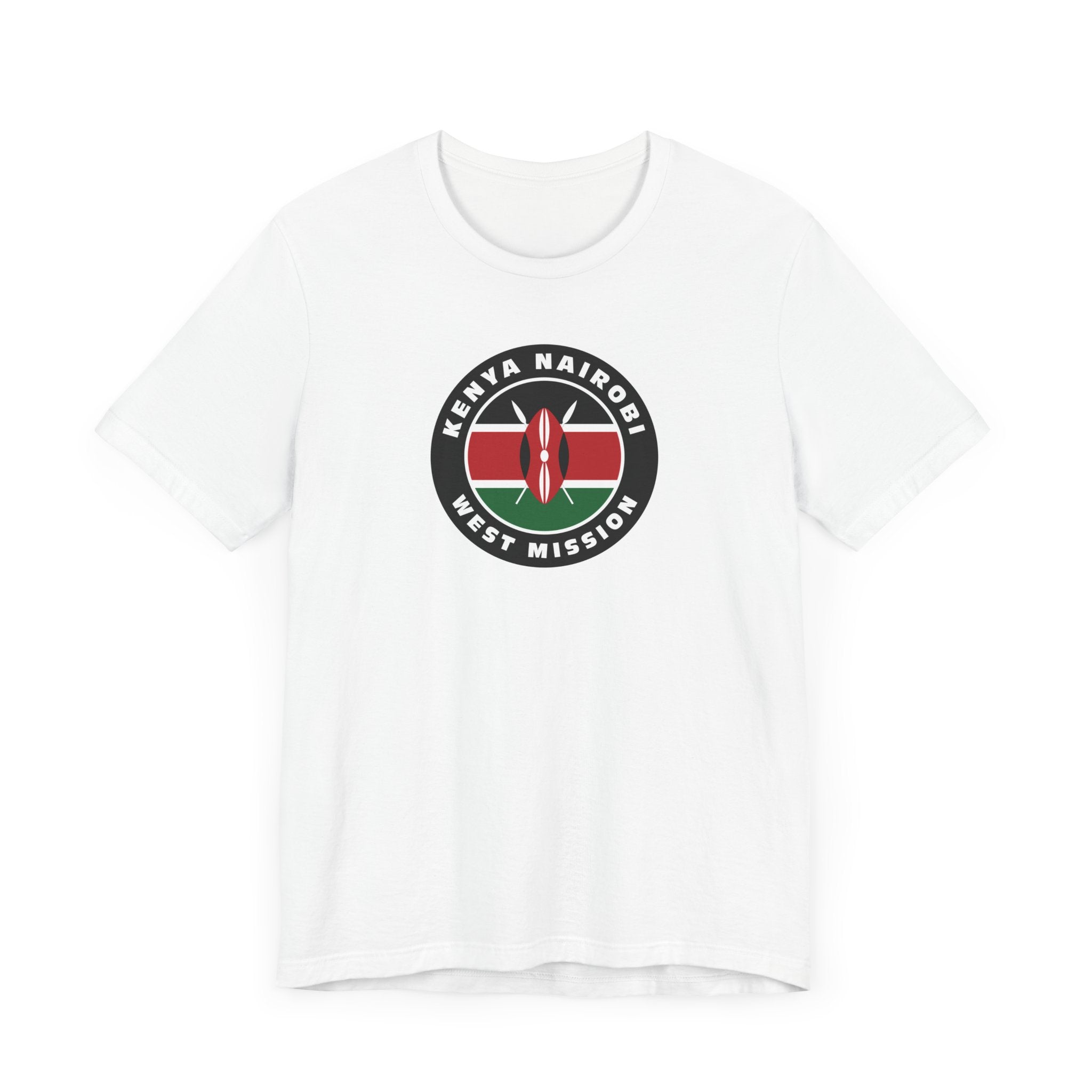American USAID employees and families serving in Kenya in the 1970s held Church services in their own homes. The first African converts in Kenya were baptized in 1979. The first two missionaries, Elder Farrell and Sister Blanch McGhie, arrived in 1980, and in 1981 two branches (small congregations) were created in Nairobi and Kiboko. The Church received official recognition in 1991, and that same year missionary headquarters were established in Nairobi.
In 1988 the Church donated funds that were collected by means of special fasts to bring water to 15 Kenyan villages located 100 miles from Nairobi. The water systems were installed by 1989. In 1992 the Church provided food staples to Somalian and Kenyan refugees affected by severe drought conditions.
On 21 October 1992 a six-acre plot of Church land was planted under the direction of Church agronomist Joel K. Ransom, and a self-help project was expanded later to property owned by members. This resulted in the harvesting of vital crops.
By 1994 four districts, with several branches each, had been created and large congregations attended many of the meetings. Two of these districts were later dissolved. The first meetinghouse was completed in July 1994 for the Longata Branch in Nairobi.
A Church humanitarian community water project in 1994 provided personal water taps to hundreds of families. In February 1998 President Gordon B. Hinckley became the first Church president to visit Eastern Africa. He spoke to 900 members who had gathered from Kenya, Uganda, Tanzania, Ethiopia and Somalia.
The Nairobi Kenya Stake was organized on 9 September 2001, the first stake in Kenya.

